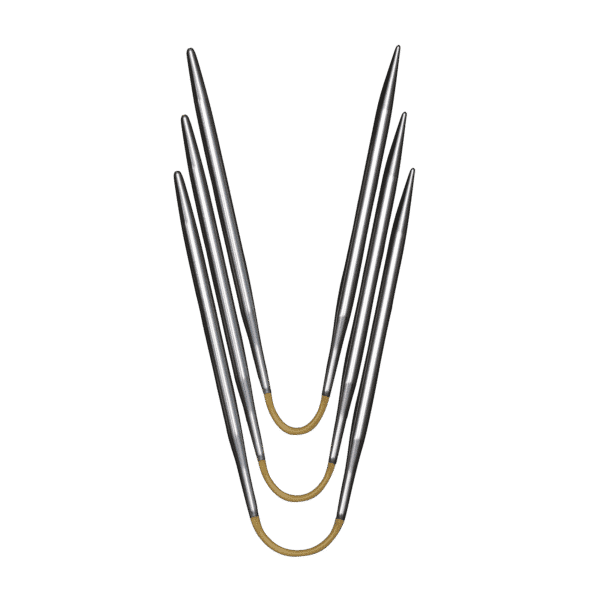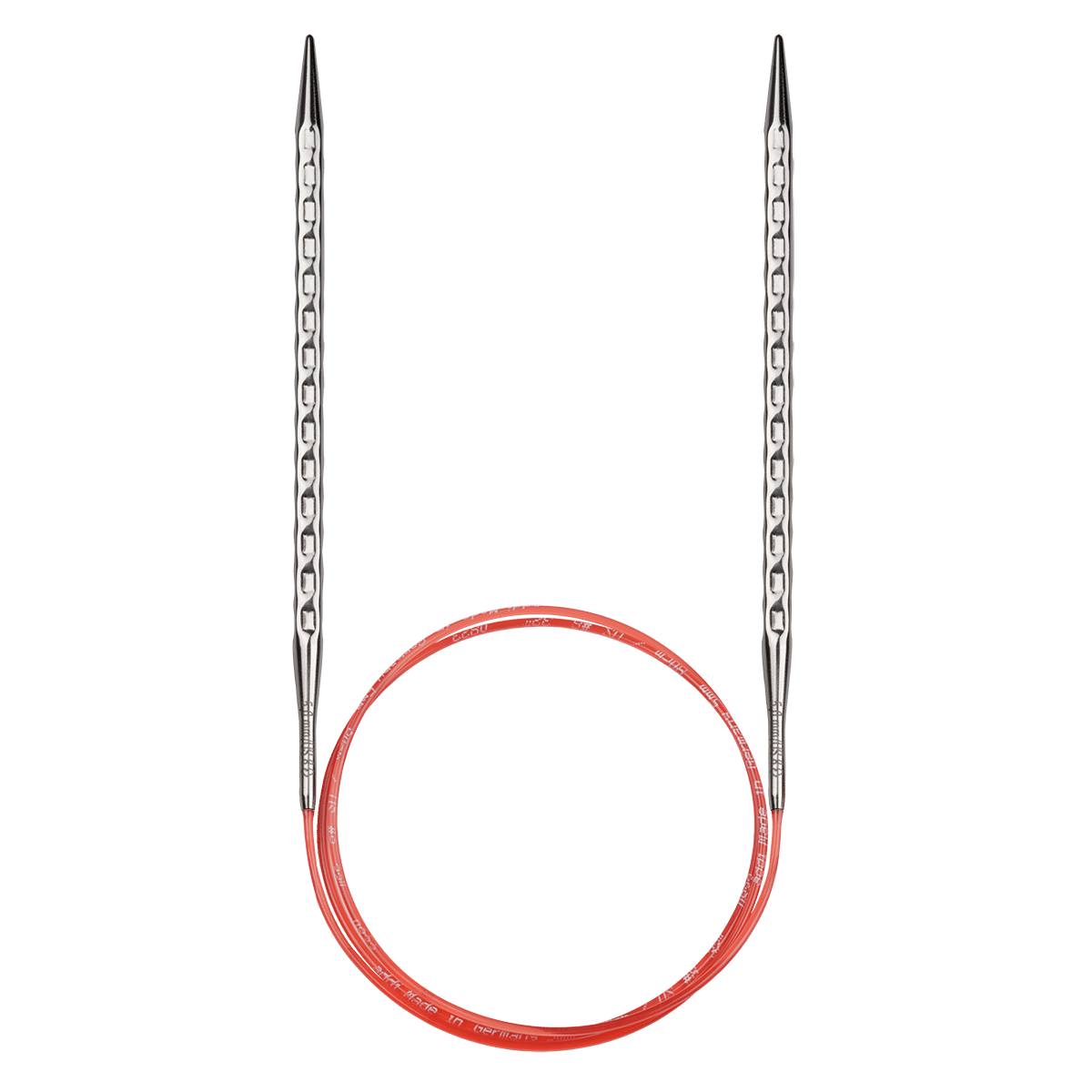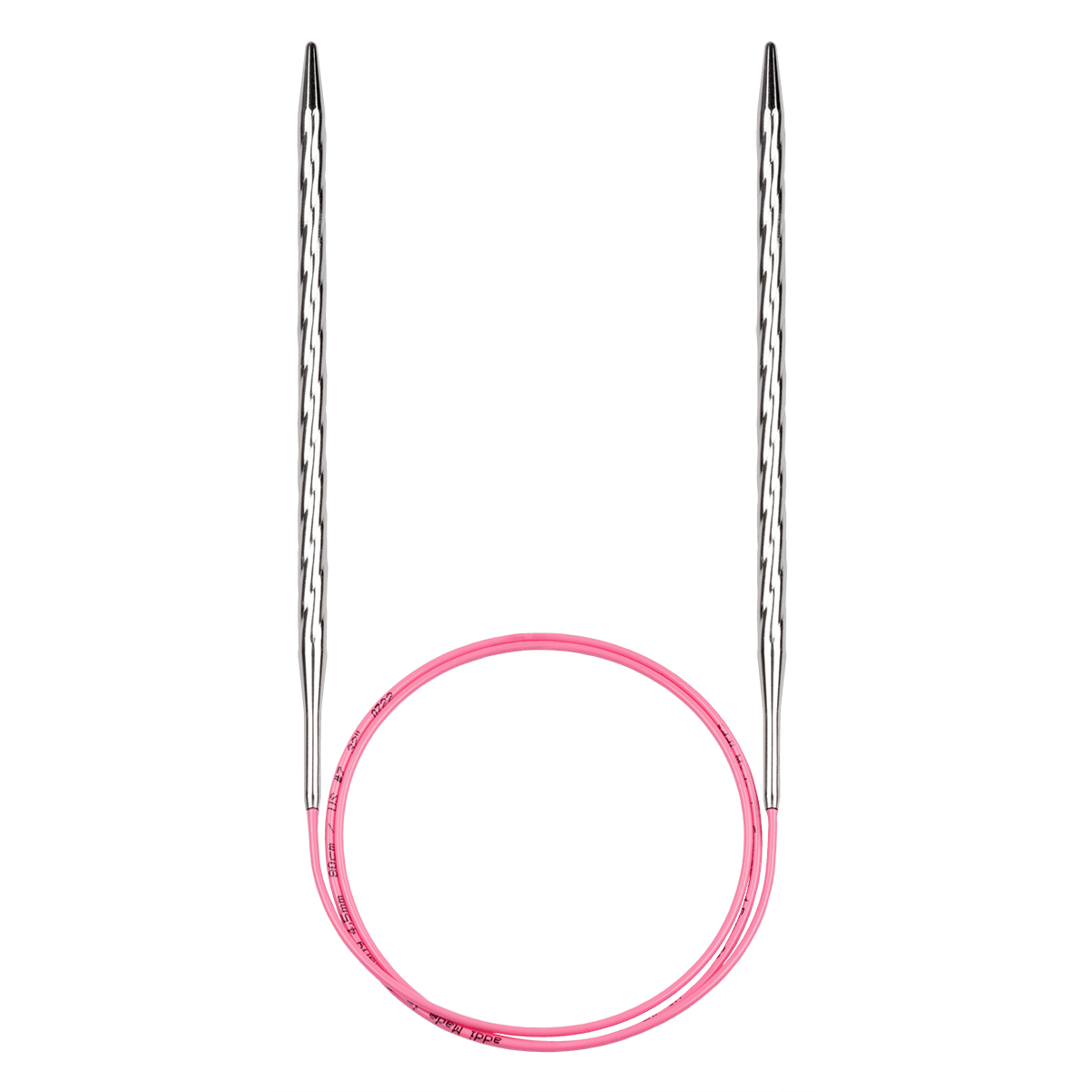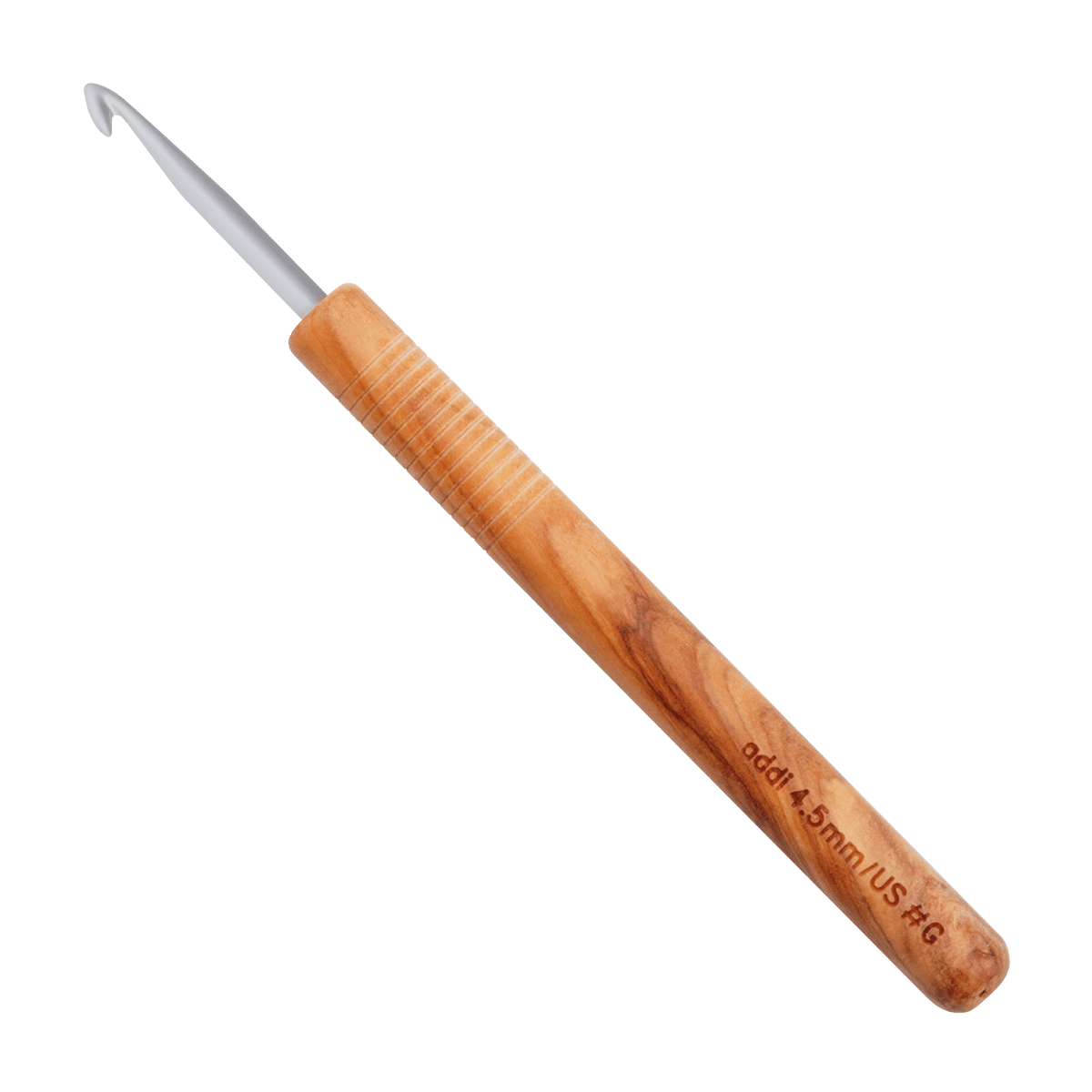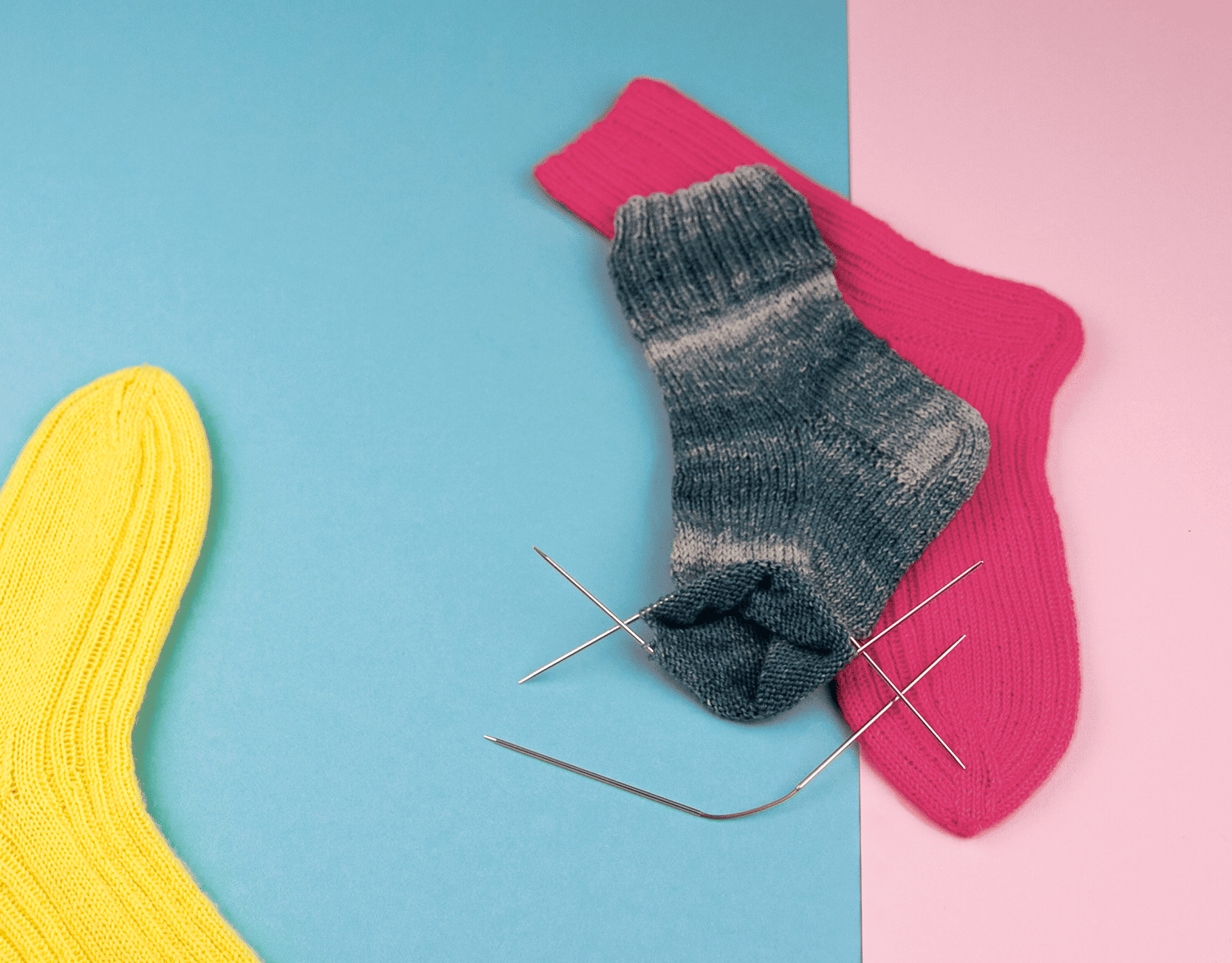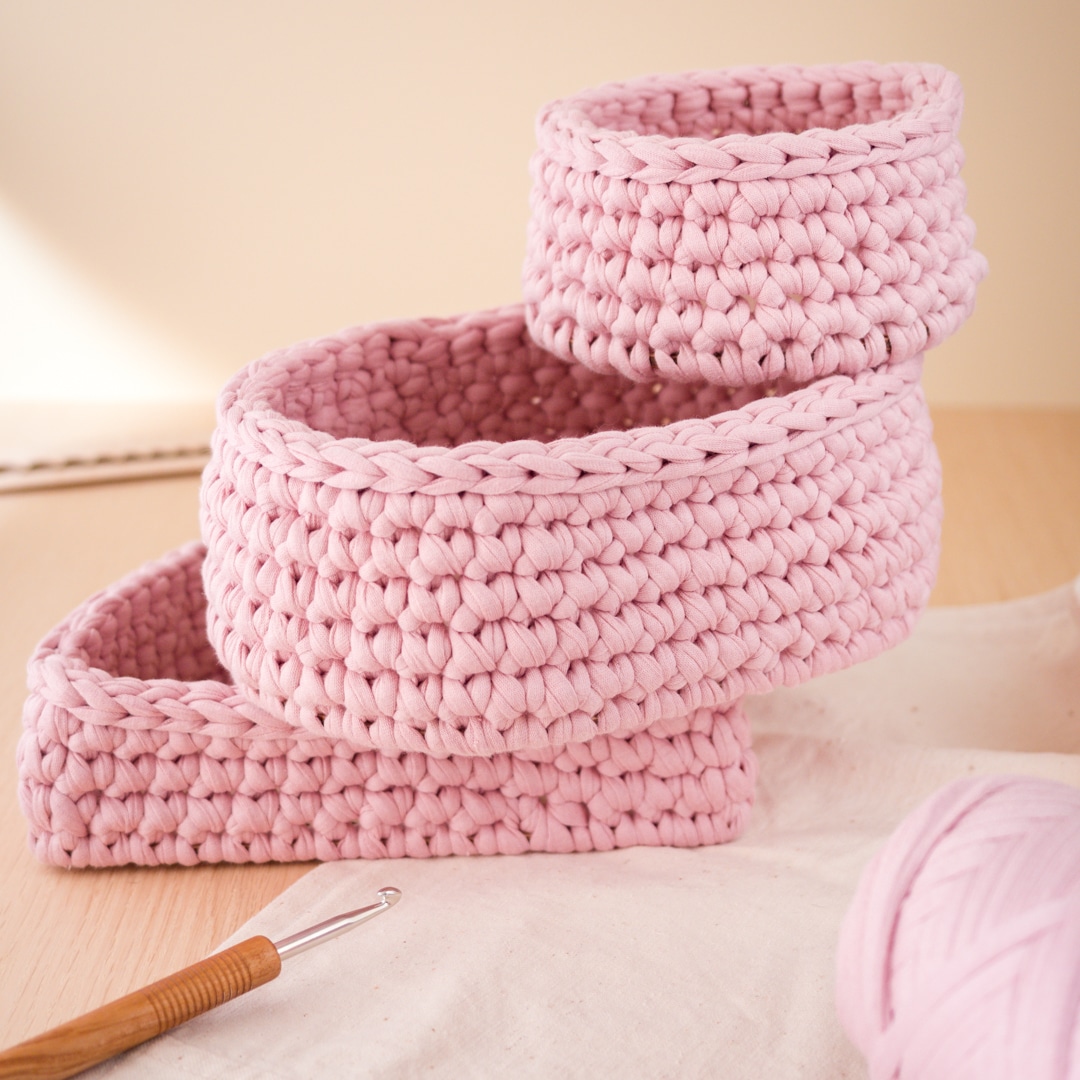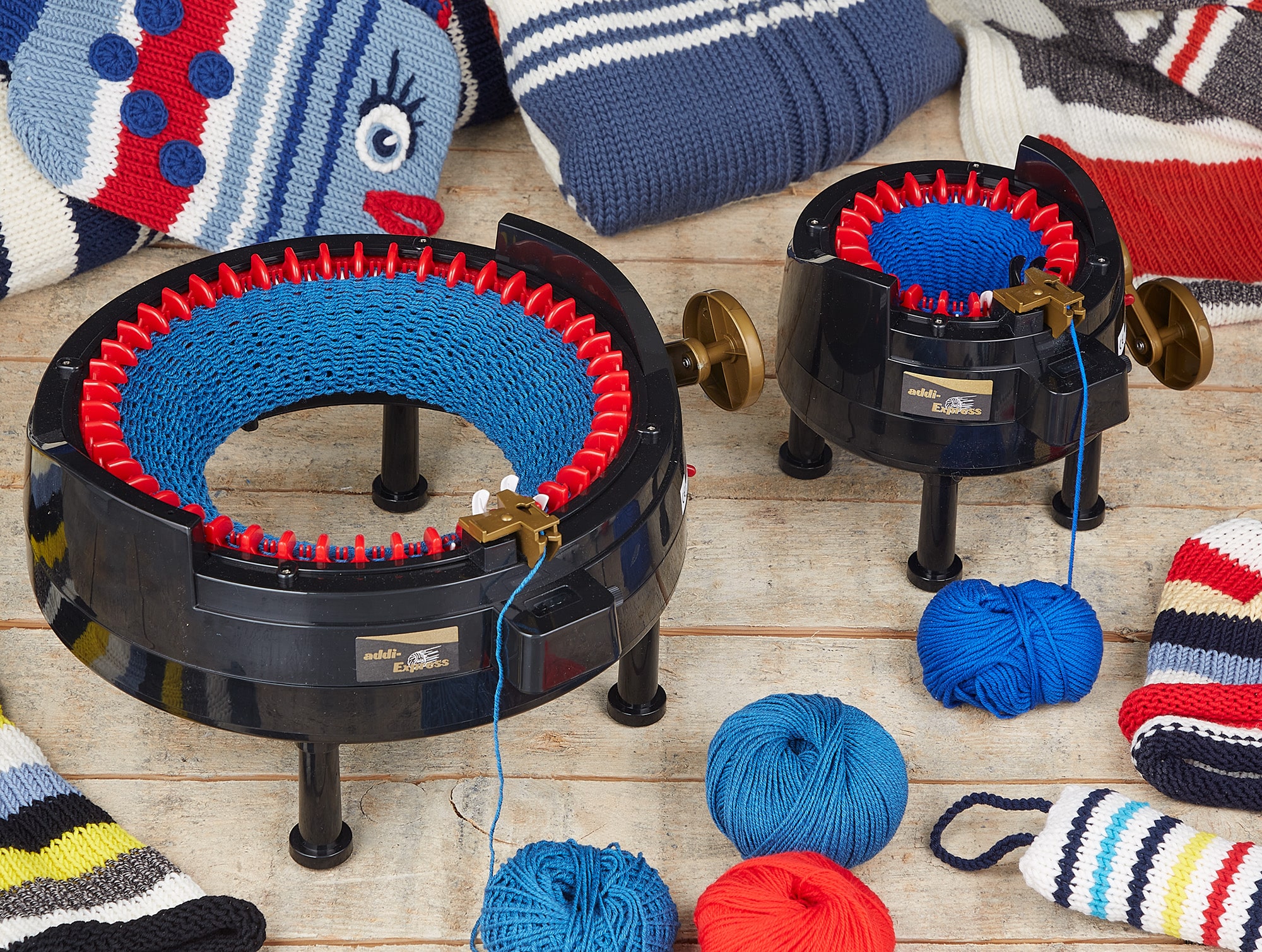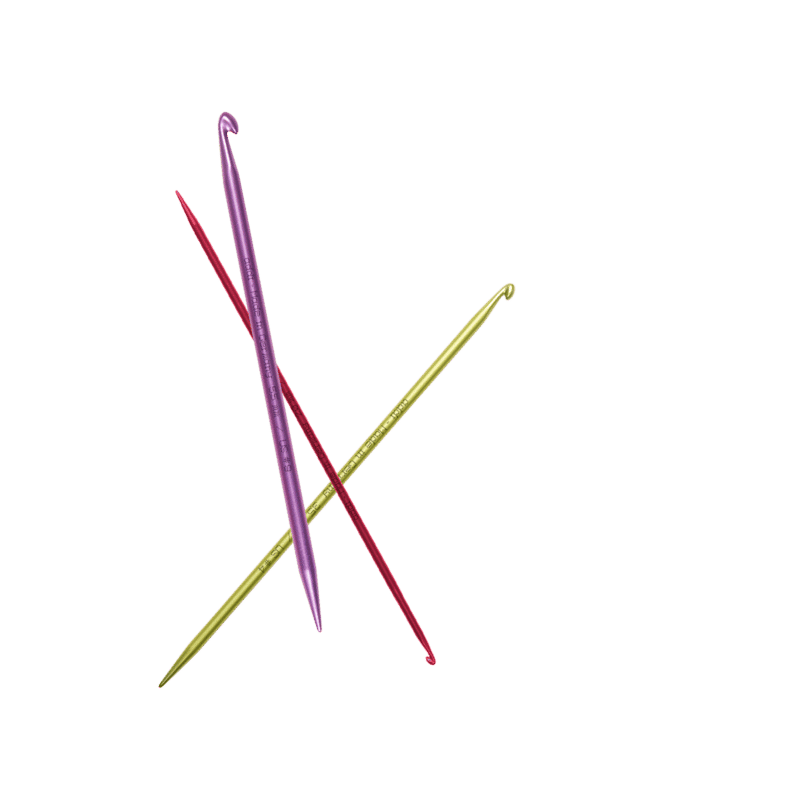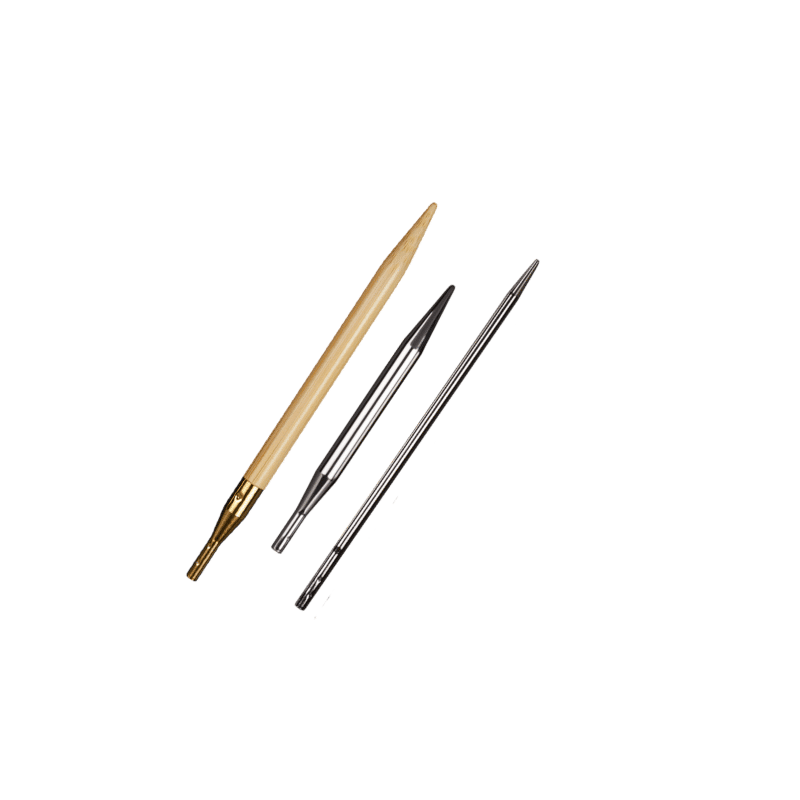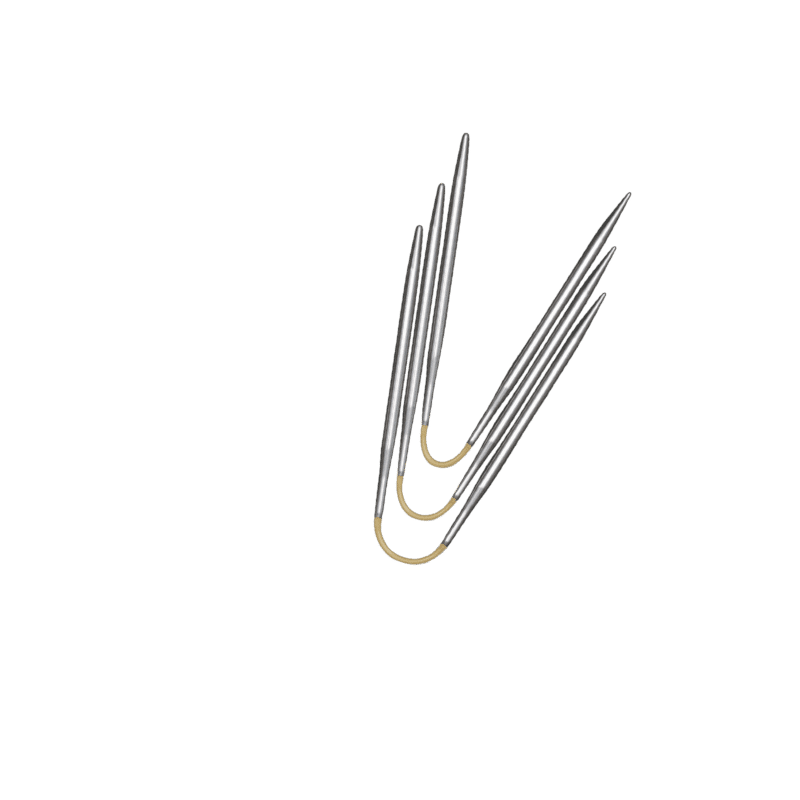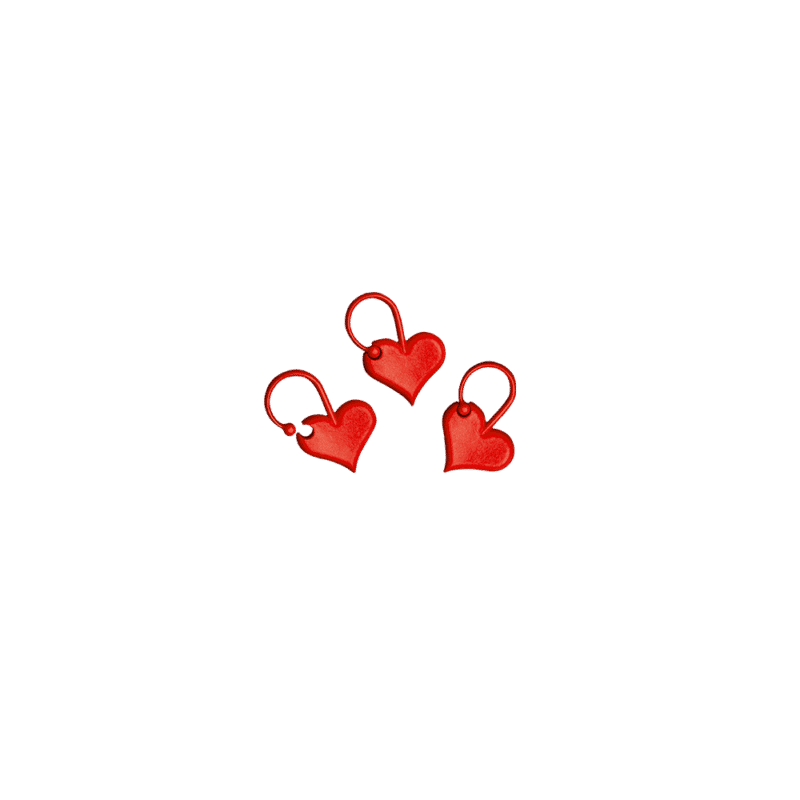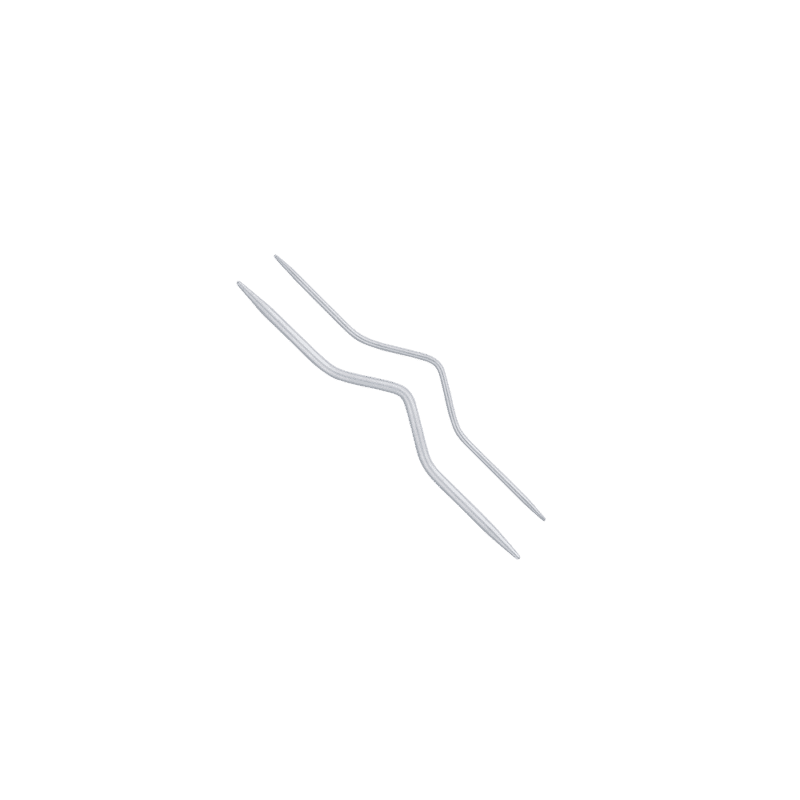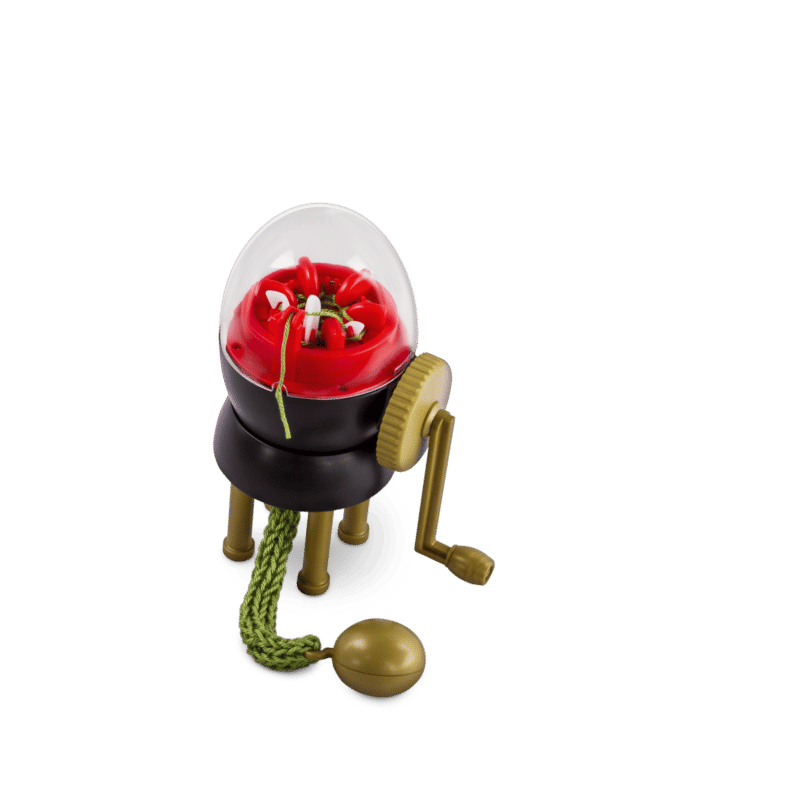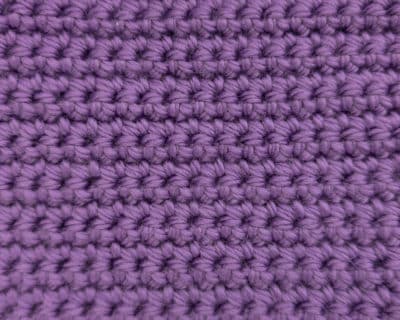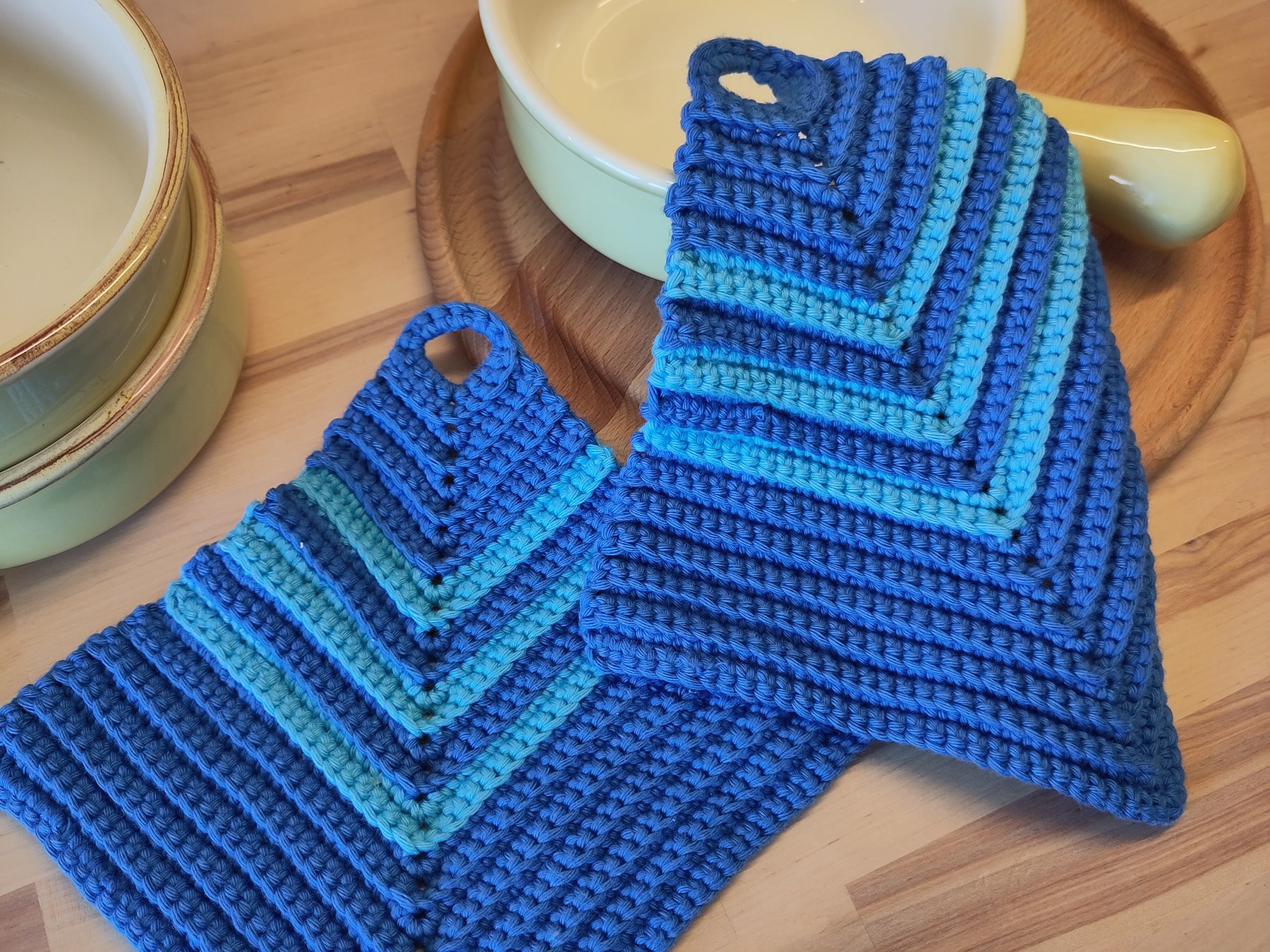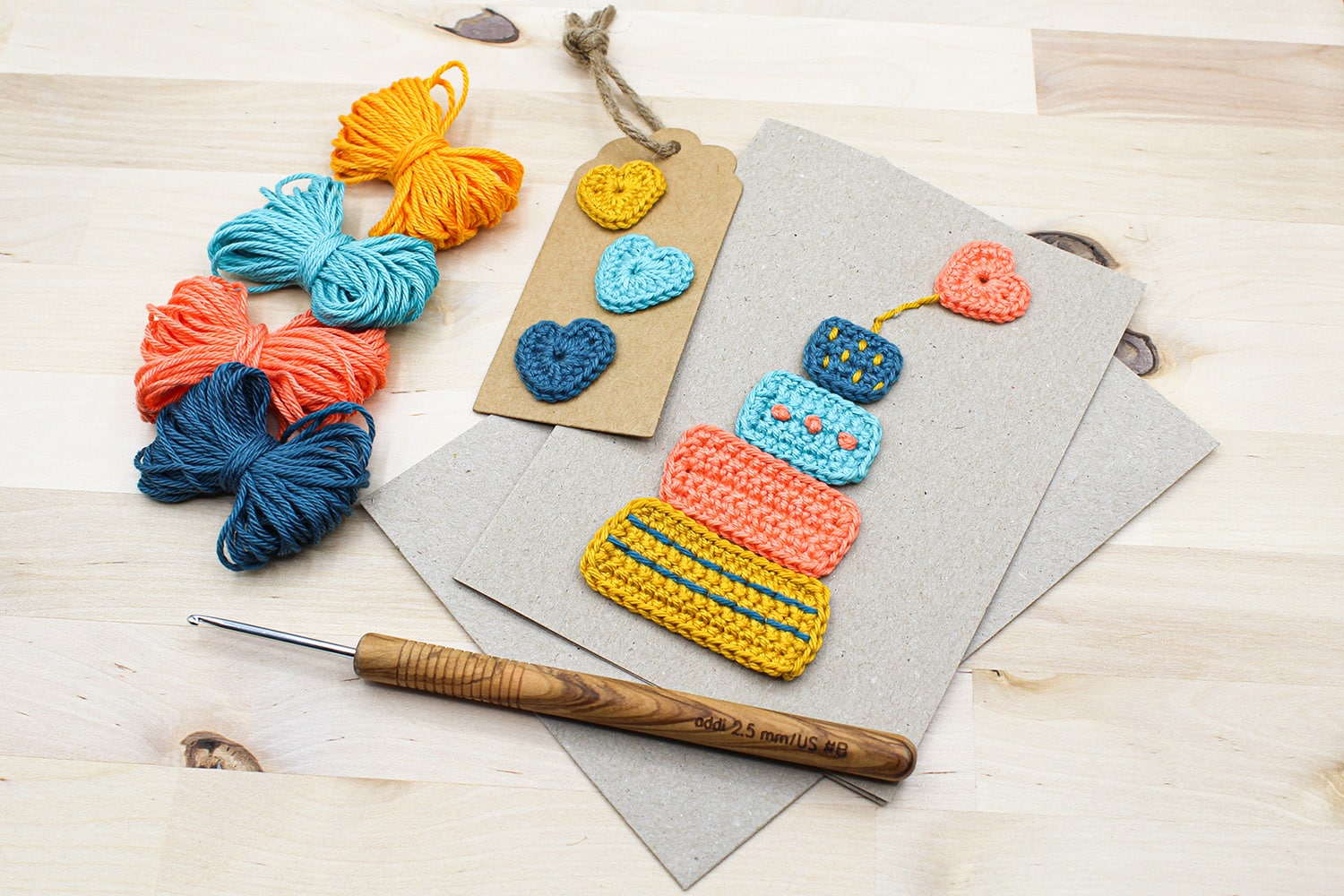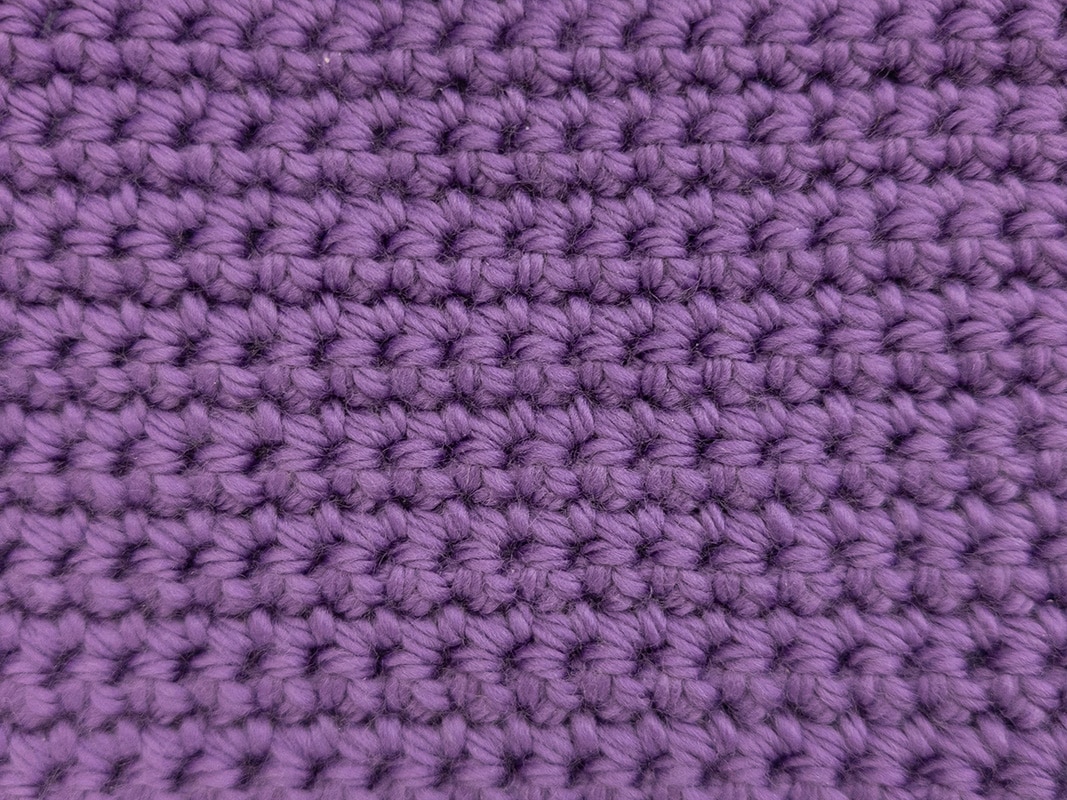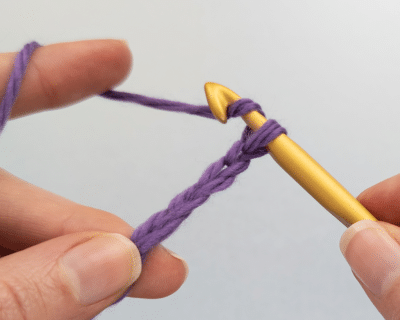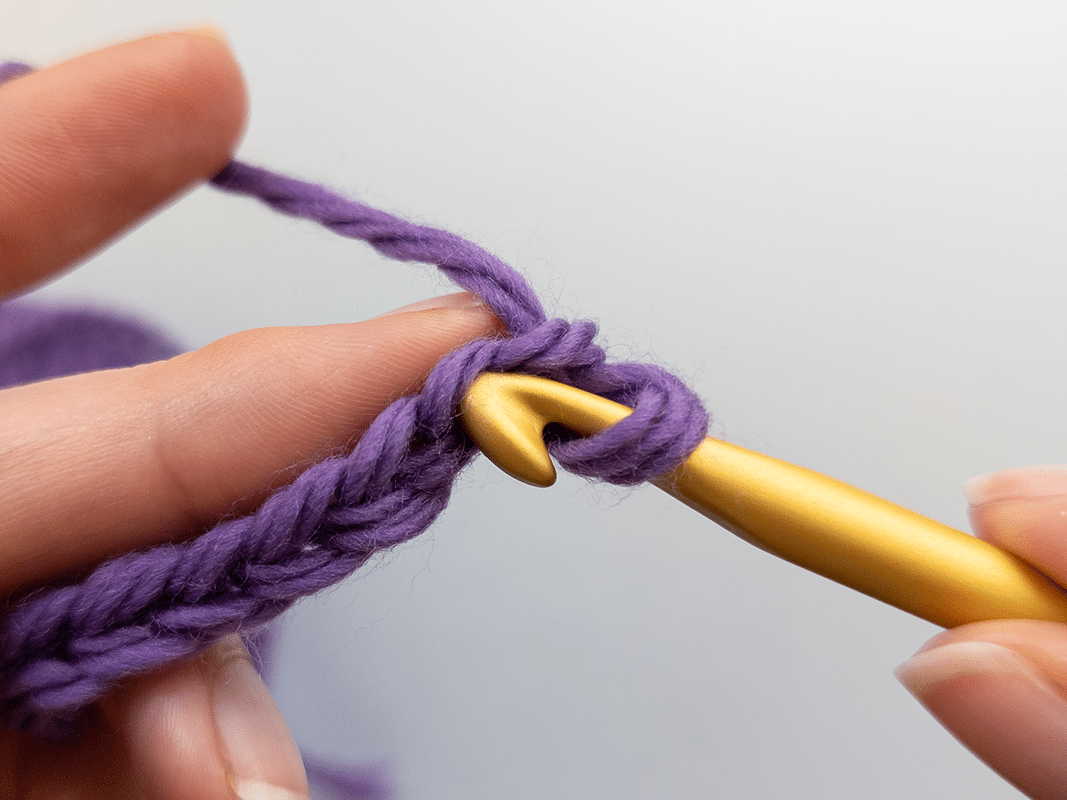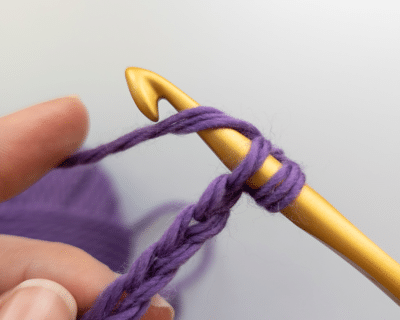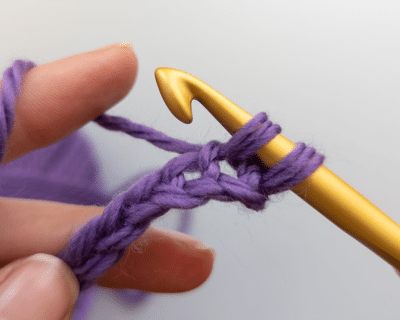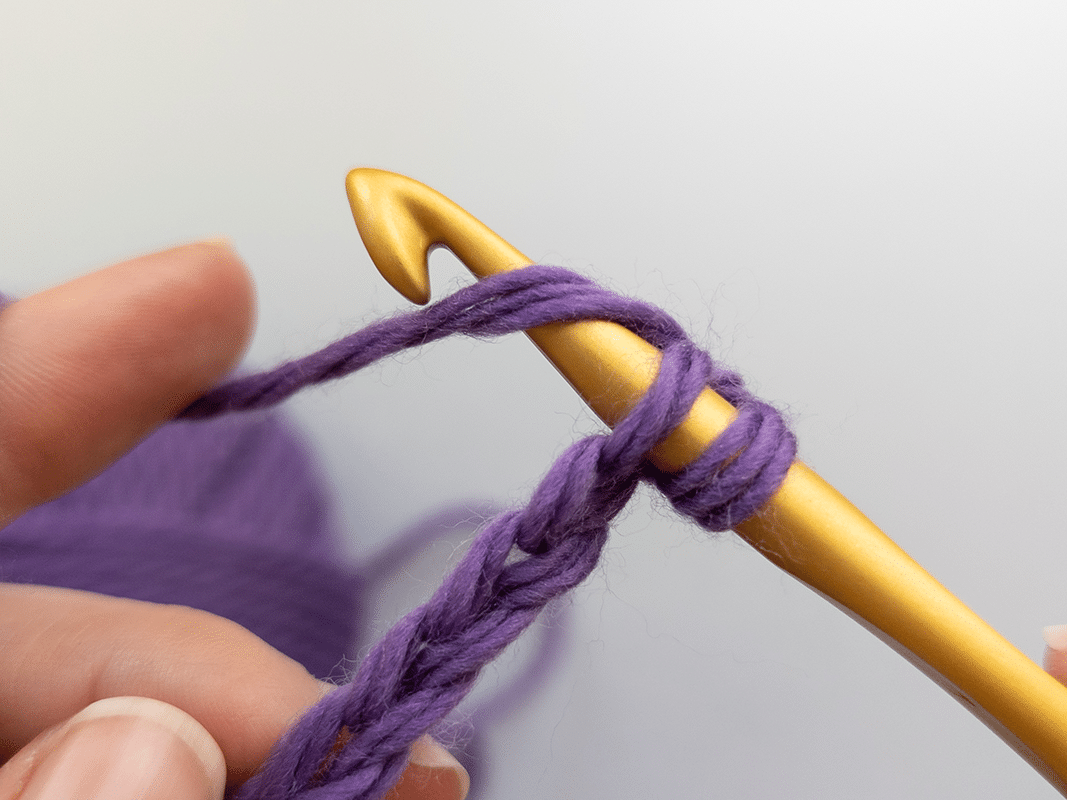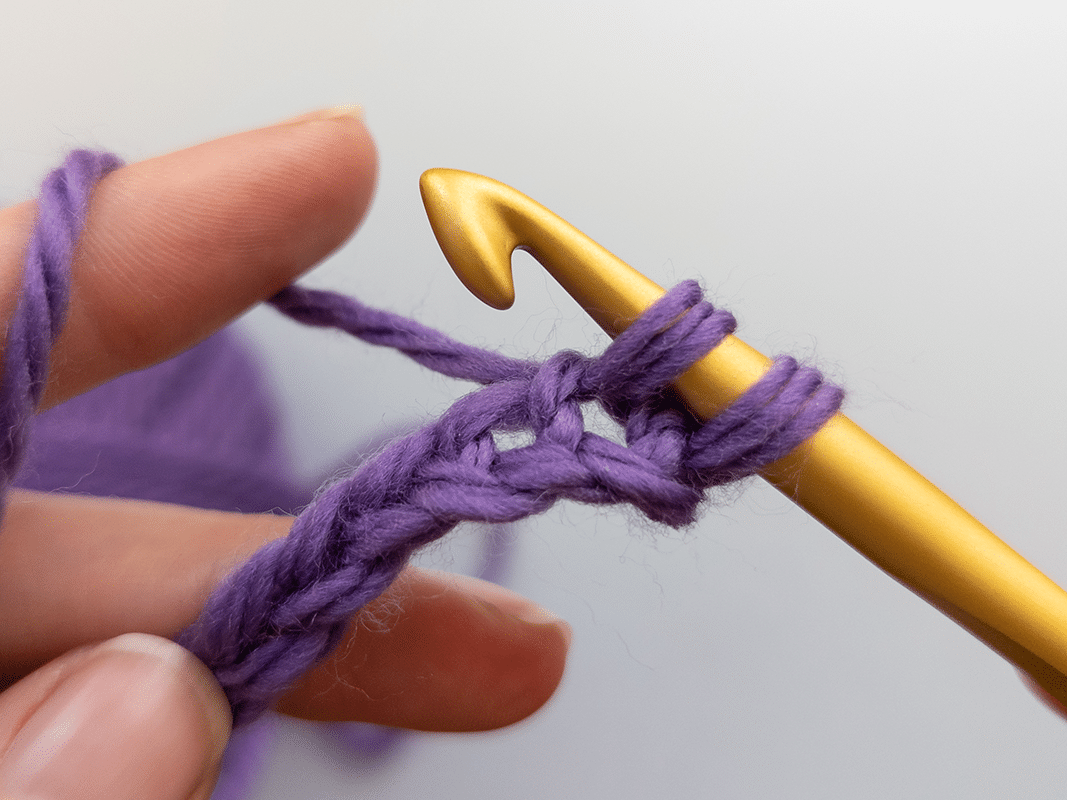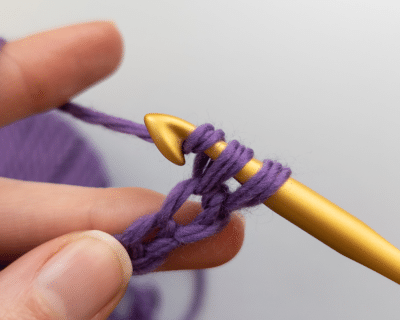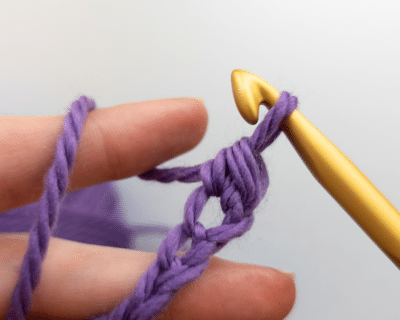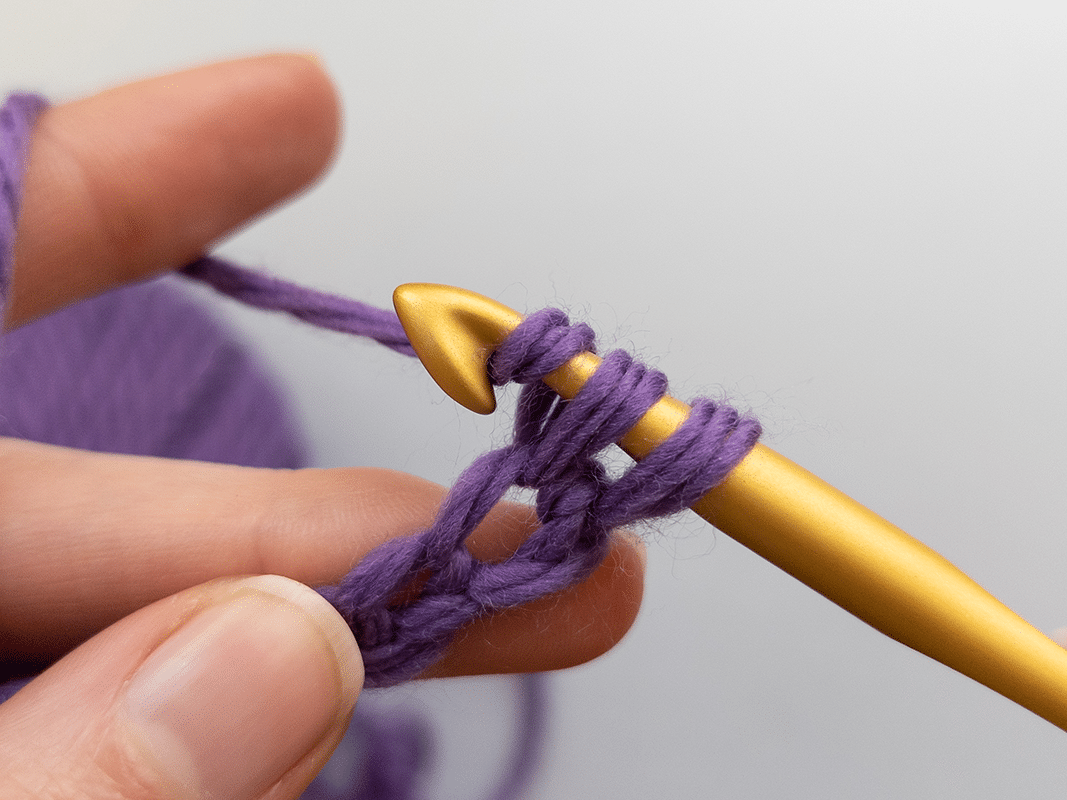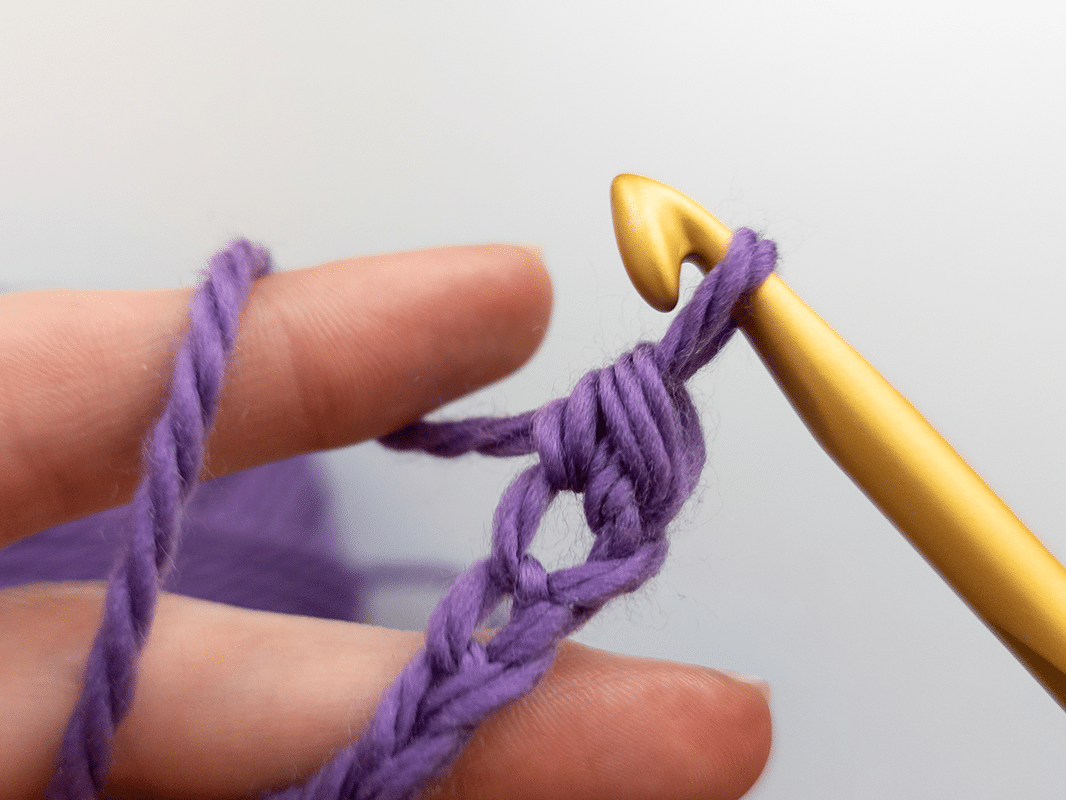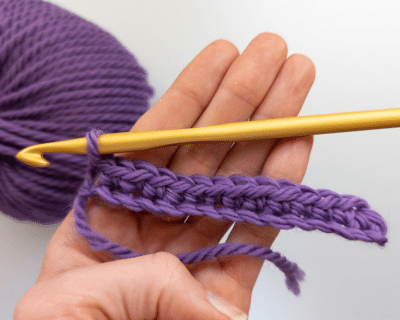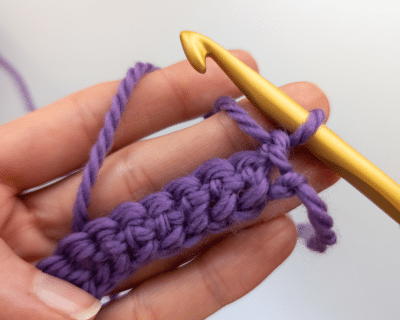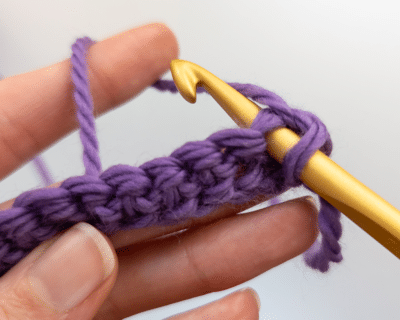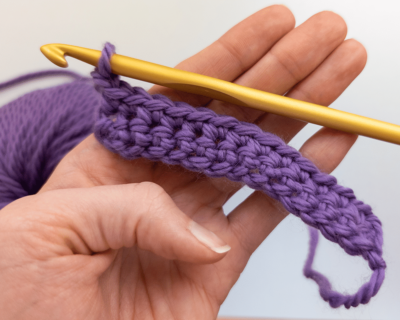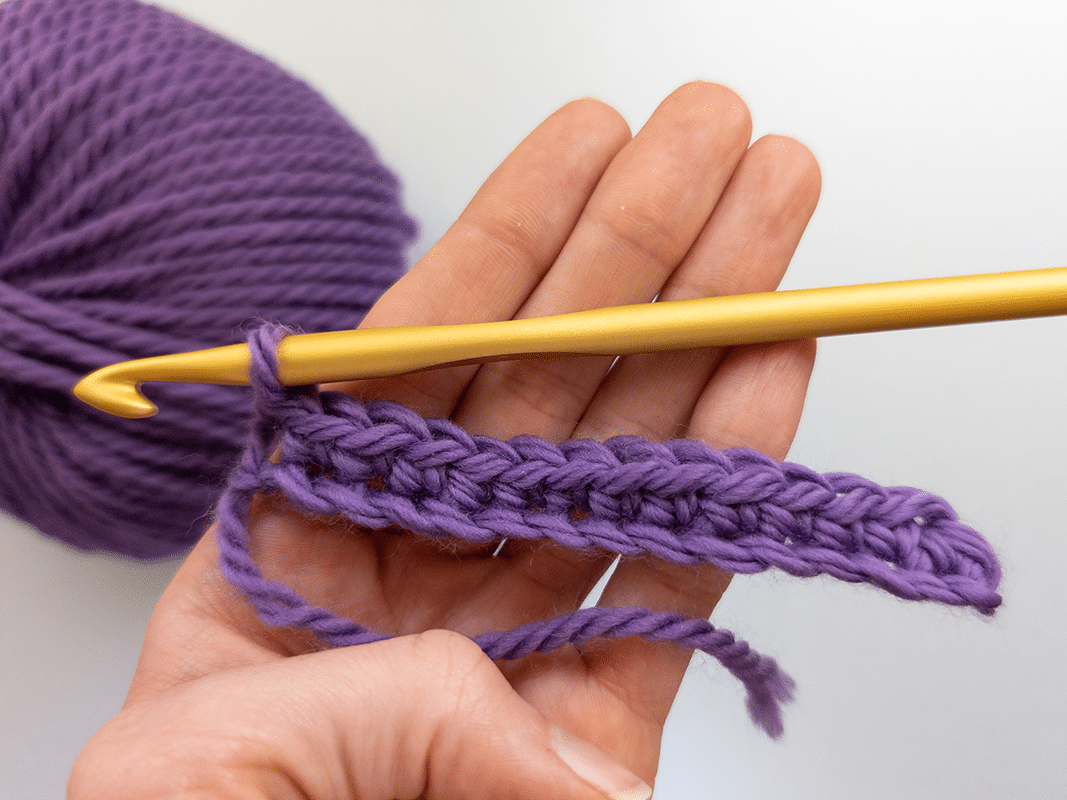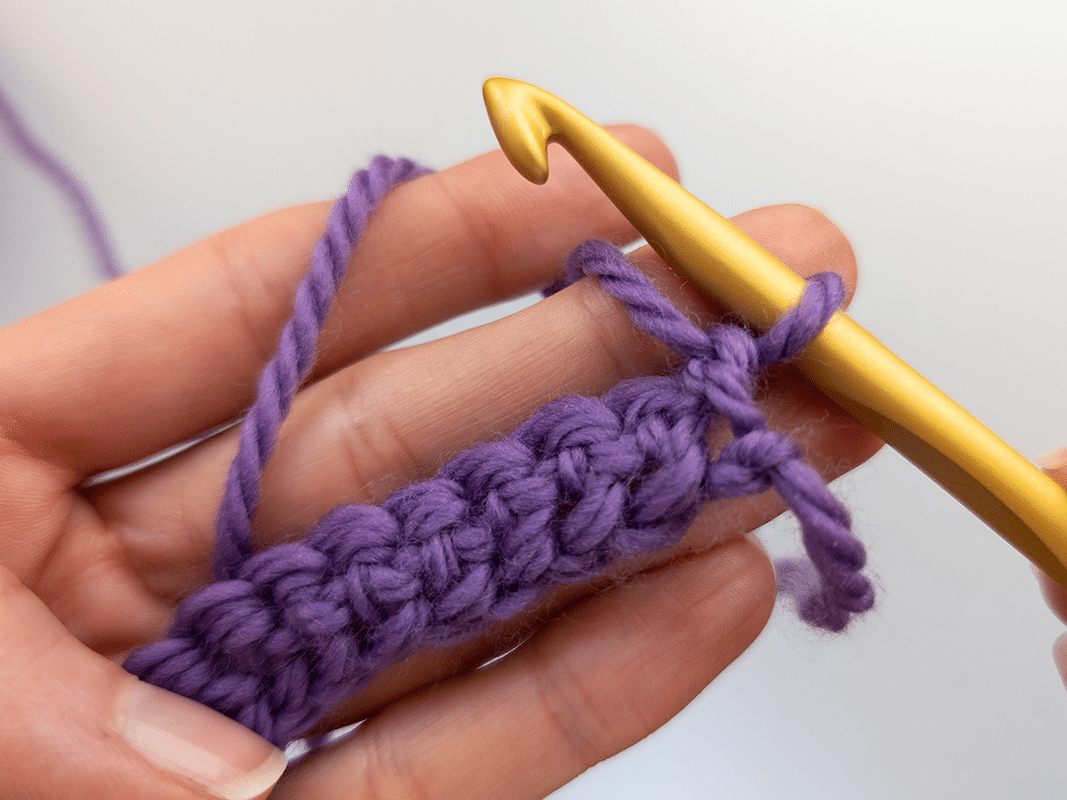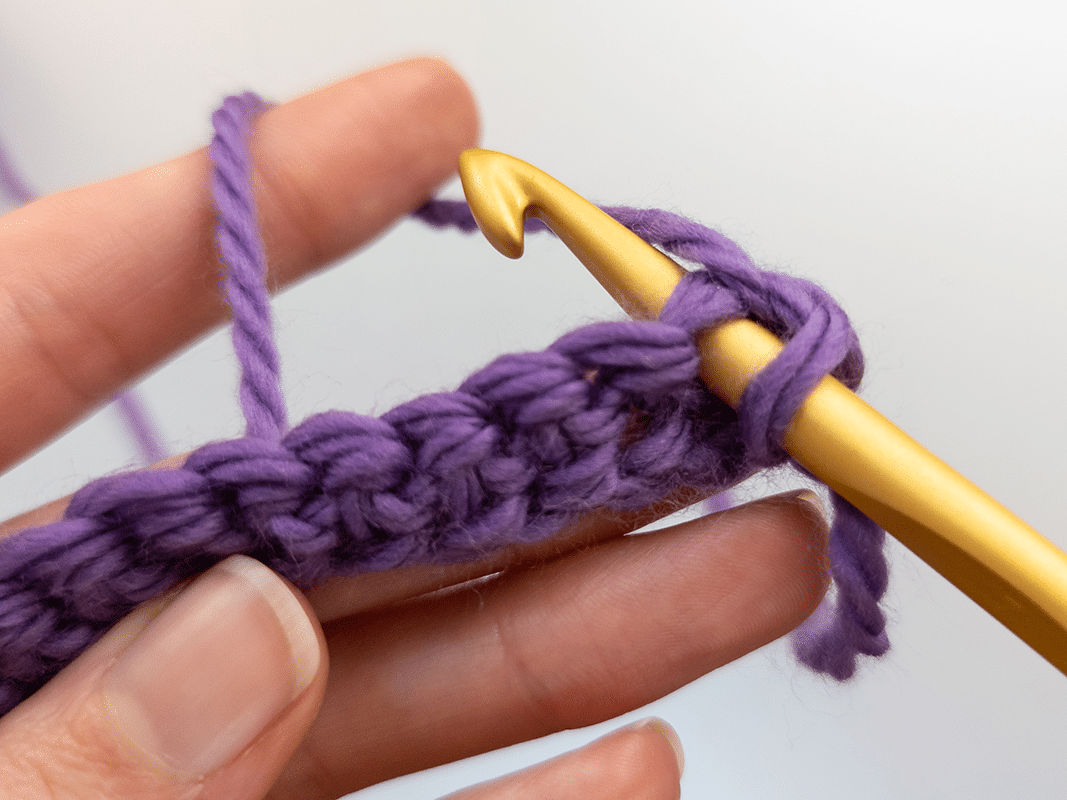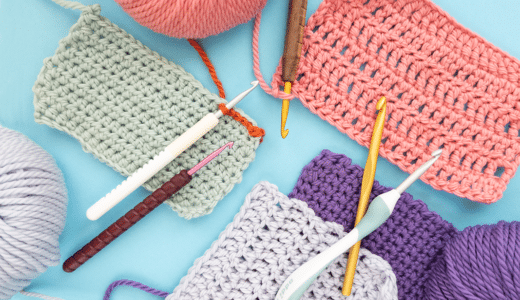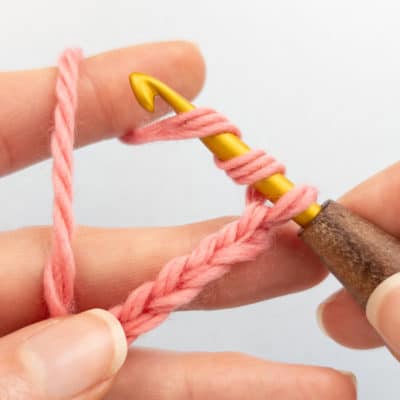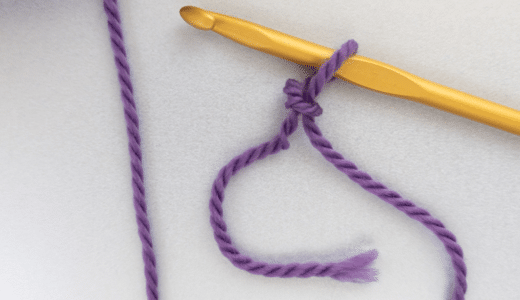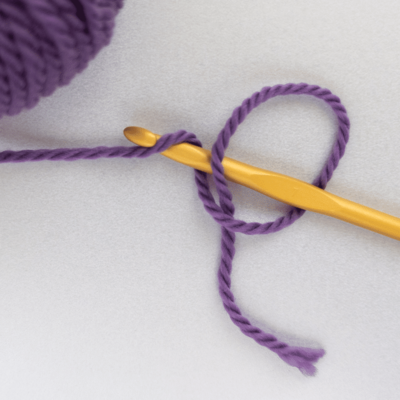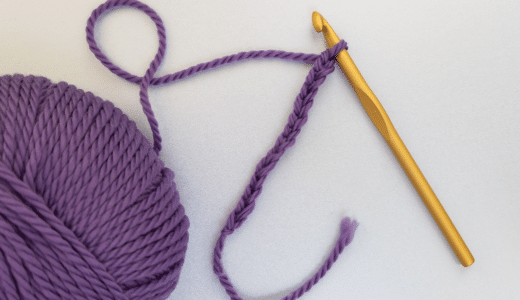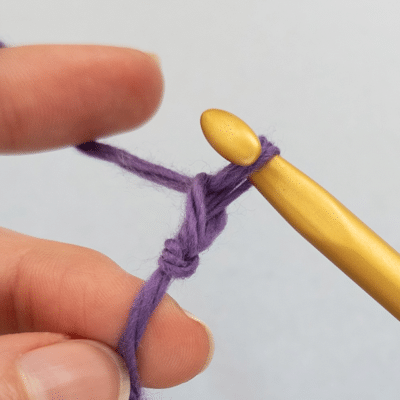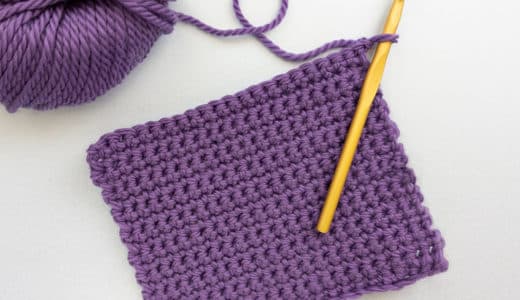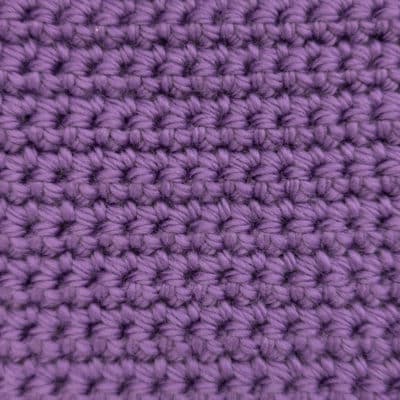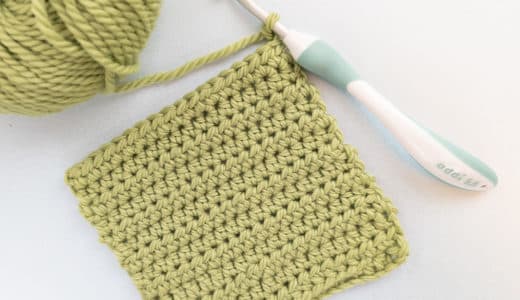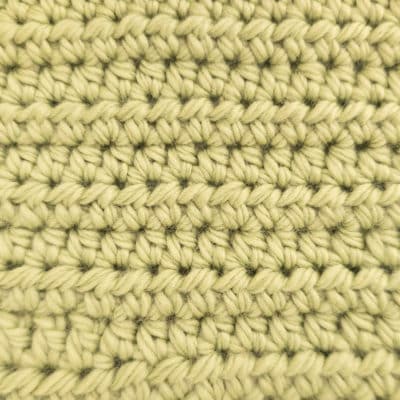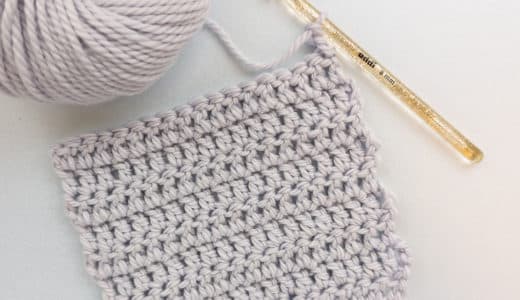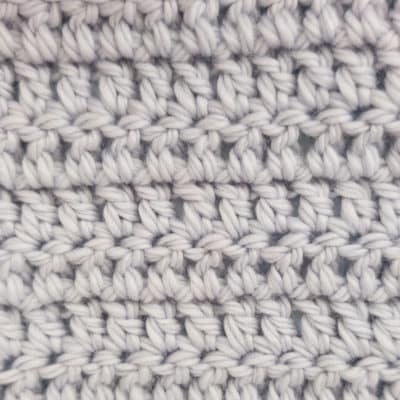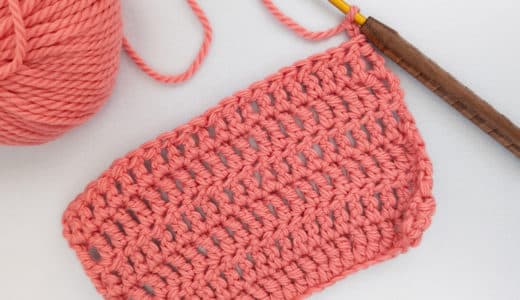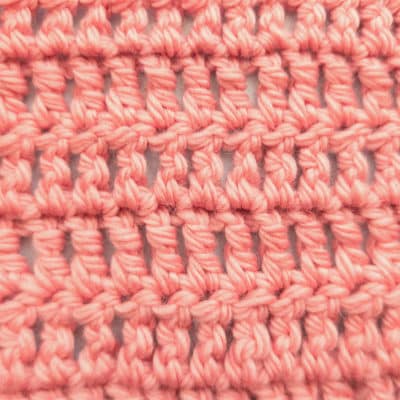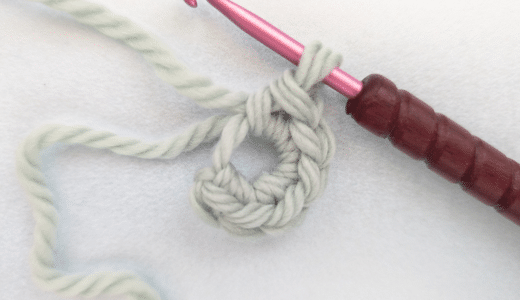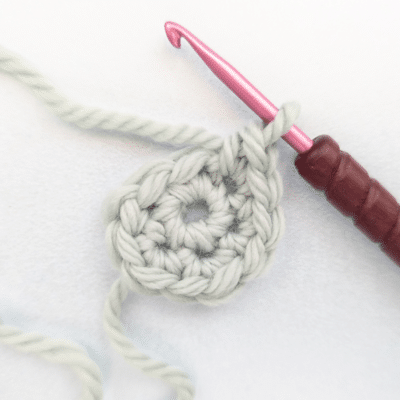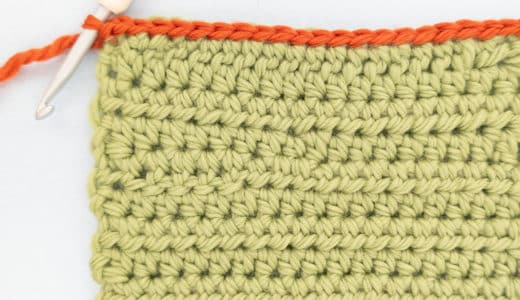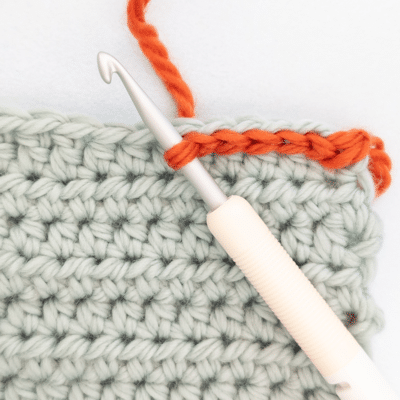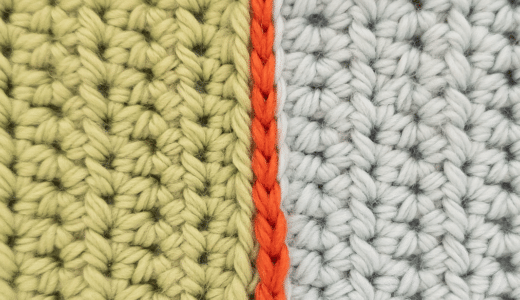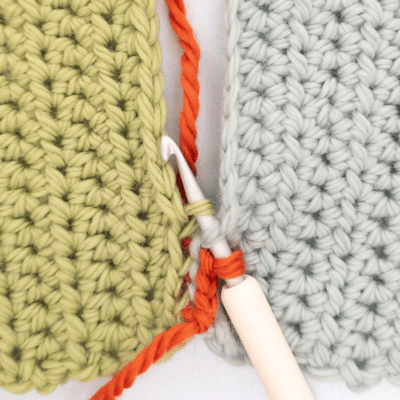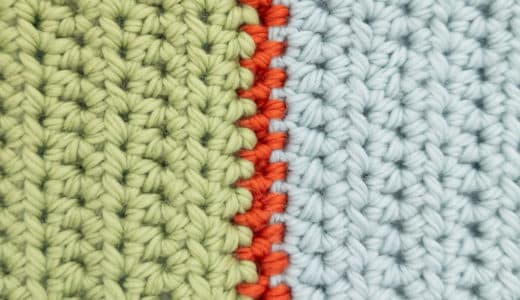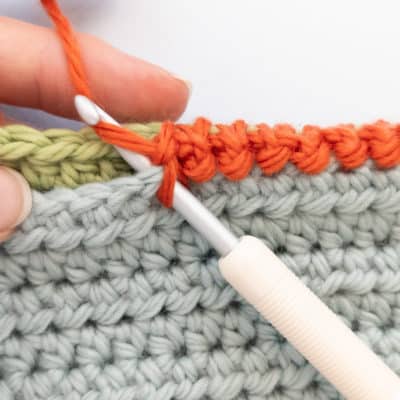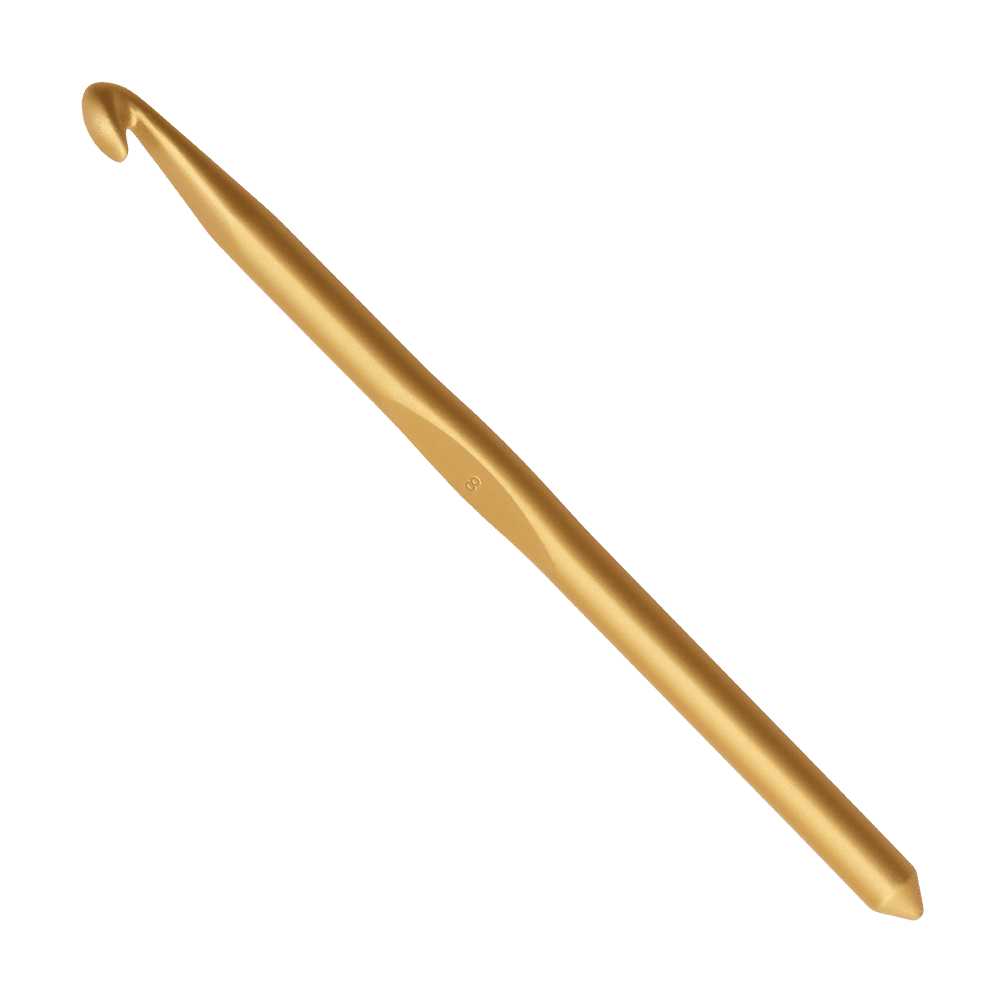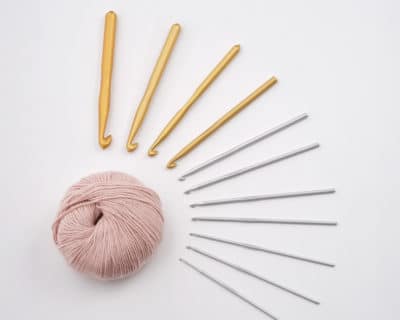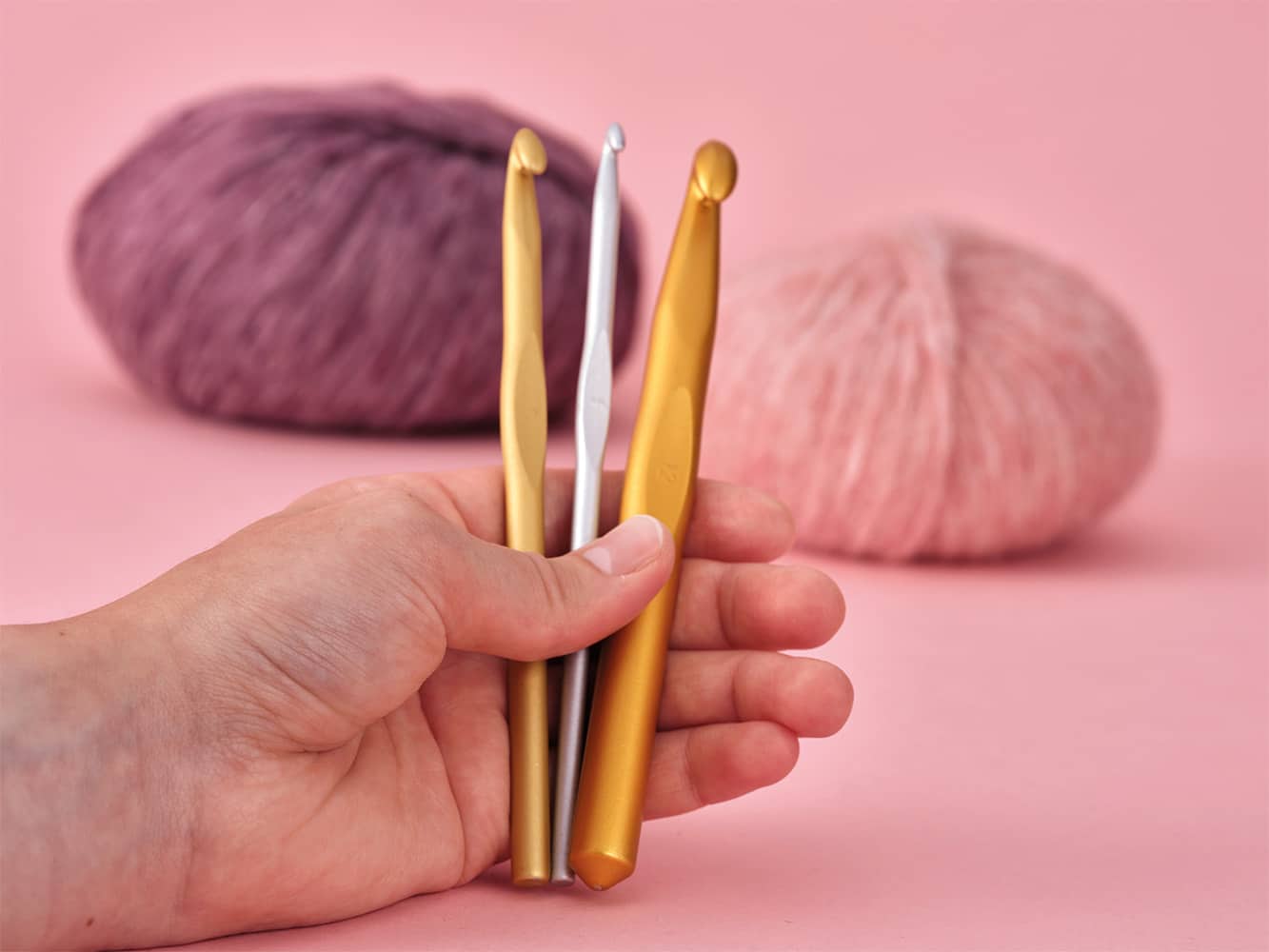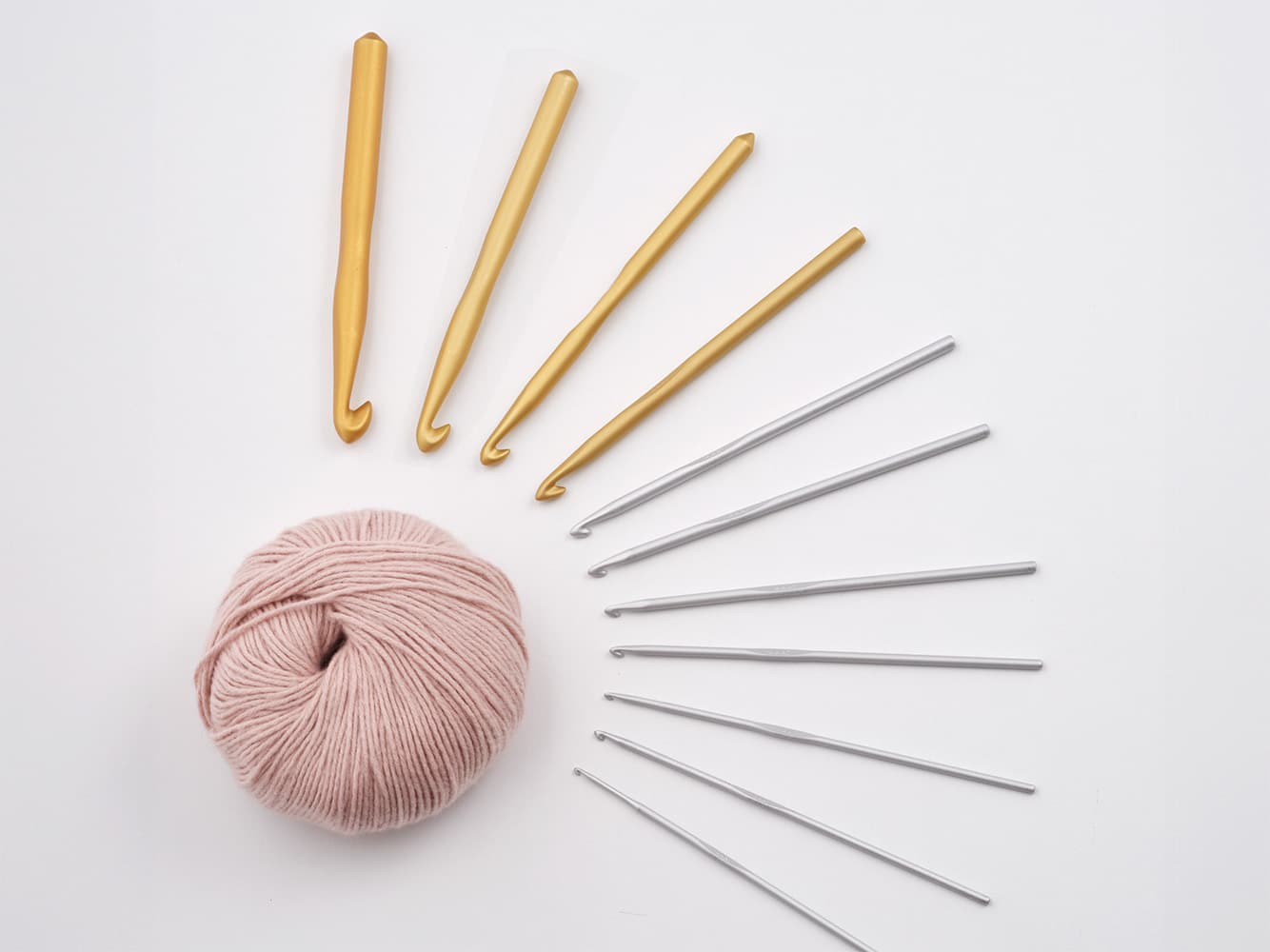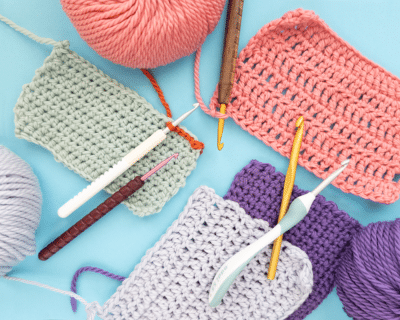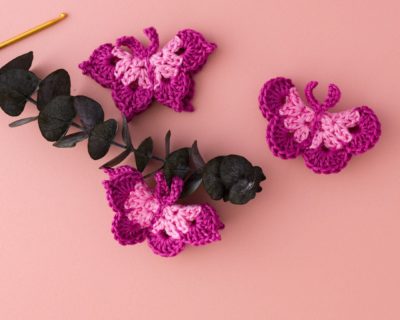Single crochet: Simple guide for beginners (sc)
Single crochets are a solid and opaque type of stitch that is created using a simple crochet technique. They ensure an even, stable stitch pattern and form the basis of many crochet projects. In these tutorials, you will learn how to crochet single crochets, what they are used for and what you should pay attention to in order to achieve an even result.
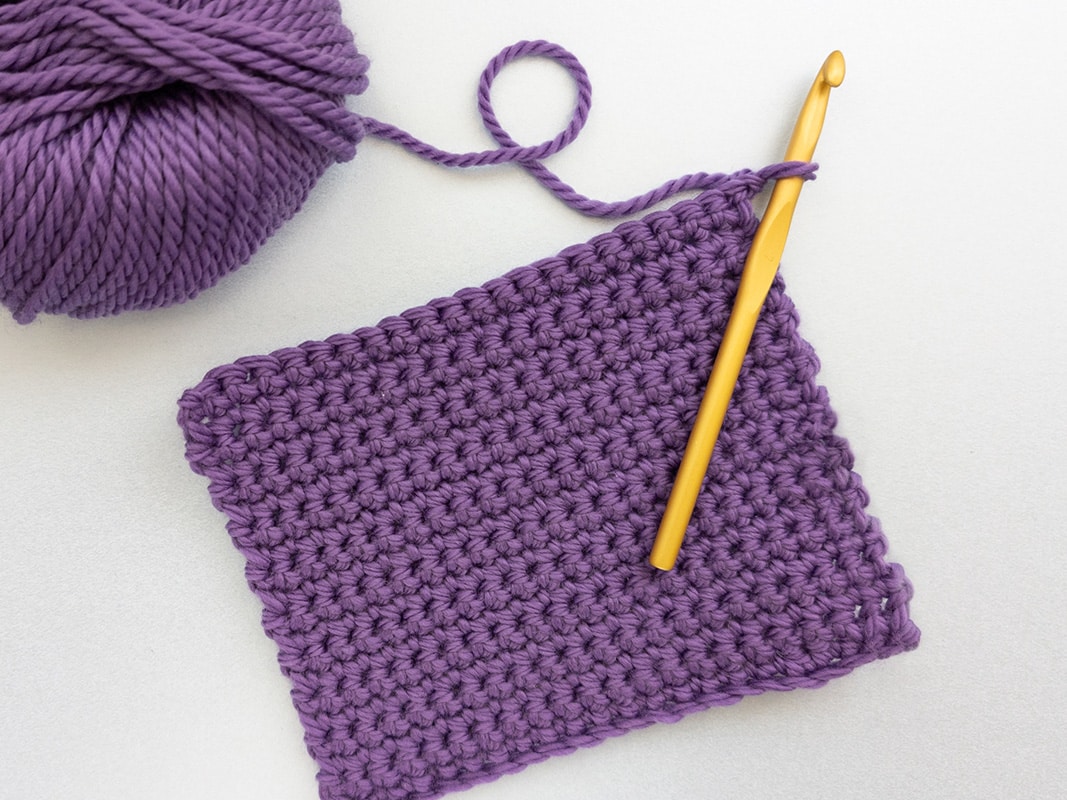
What are single crochets and what are they used for?
Single crochets (sc) are one of the most frequently used crochet techniques and ensure a compact and stable structure. They are often used for projects that need to be robust and durable. They are particularly indispensable for amigurumi, cuddly toys and dolls, as they prevent filling material such as wadding from becoming visible.
Single crochets are also often used for clothing, especially the edges of hats or crocheted pieces. In hat instructions, they are often part of the final round to give the edge more stability. In accessories such as bags or baskets, they help to create a firm shape that does not warp easily.
Weitere Bezeichnungen:
- single crochet = sc (US)
- double crochet = dc (UK)
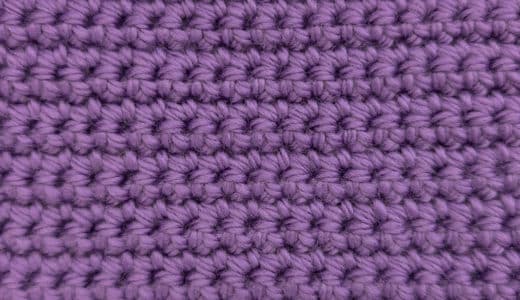

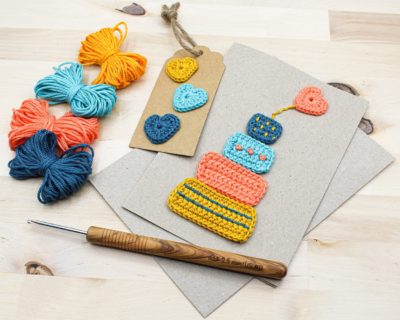
What are single crochets and what are they used for?
Single crochets (sc) are one of the most frequently used crochet techniques and ensure a compact and stable structure. They are often used for projects that need to be robust and durable. They are particularly indispensable for amigurumi, cuddly toys and dolls, as they prevent filling material such as wadding from becoming visible.
Single crochets are also often used for clothing, especially the edges of hats or crocheted pieces. In hat instructions, they are often part of the final round to give the edge more stability. In accessories such as bags or baskets, they help to create a firm shape that does not warp easily.
Weitere Bezeichnungen:
- single crochet = sc (US)
- double crochet = dc (UK)
Work single crochets:
Explained step-by-step
Additional chain stitch as turning chain
An additional chain stitch is crocheted onto a chain to create a turning chain.
Insert the crochet hook into the first stitch. Take care not to insert it into the turning stitch.
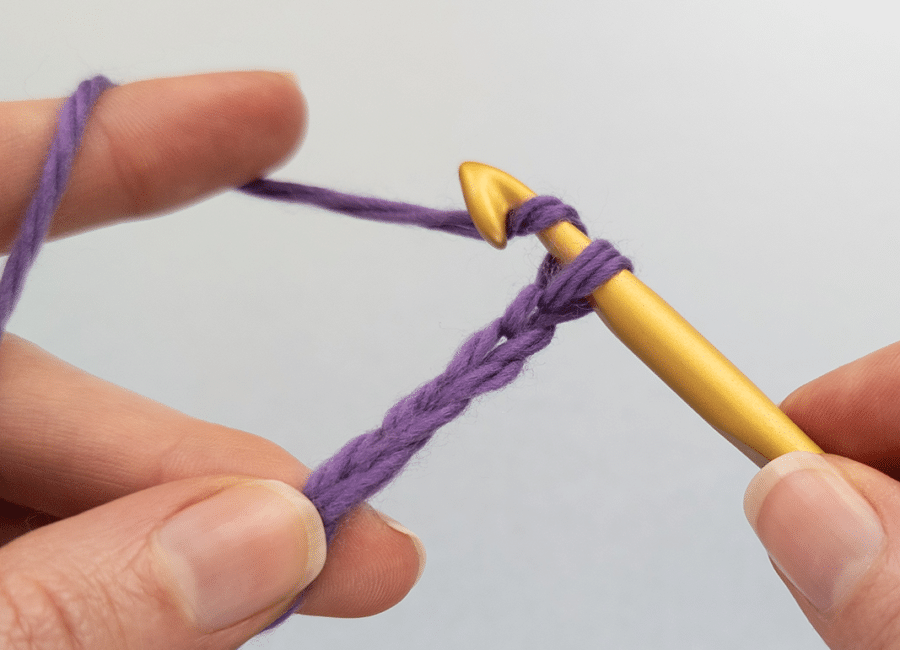
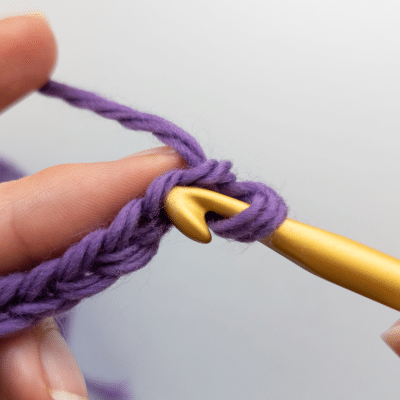
Additional chain stitch as turning chain
An additional chain stitch is crocheted onto a chain to create a turning chain.
Insert the crochet hook into the first stitch. Take care not to insert it into the turning stitch.

Pick up thread
Pick up the yarn with the crochet hook and pull it through the stitch so that there are two loops on the hook.
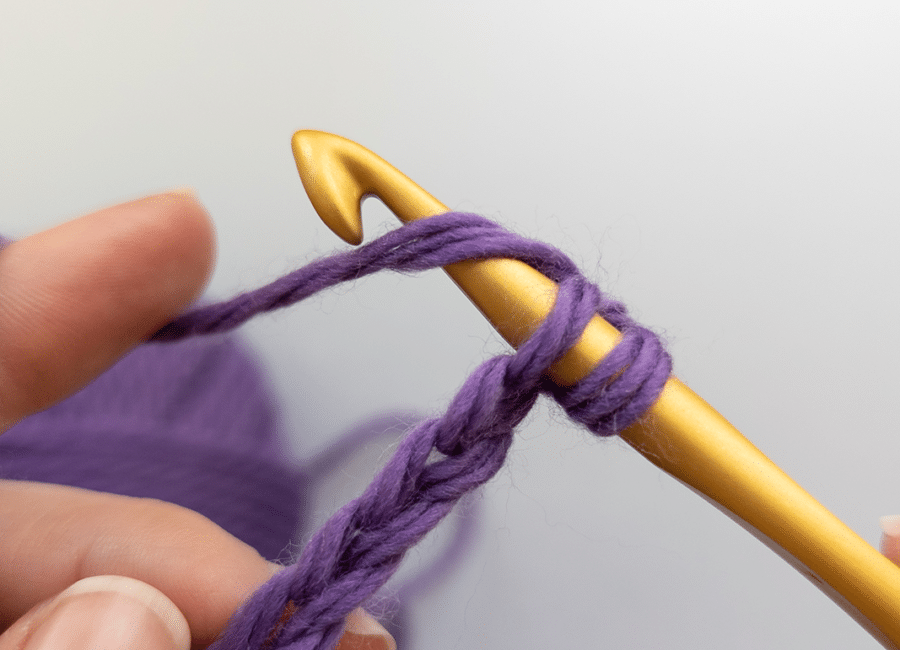
Pick up thread
Pick up the yarn with the crochet hook and pull it through the stitch so that there are two loops on the hook.
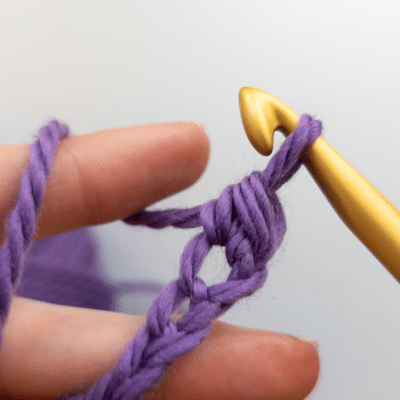
Pick up the yarn again
Pick up the yarn again and pull it through both loops on the hook.
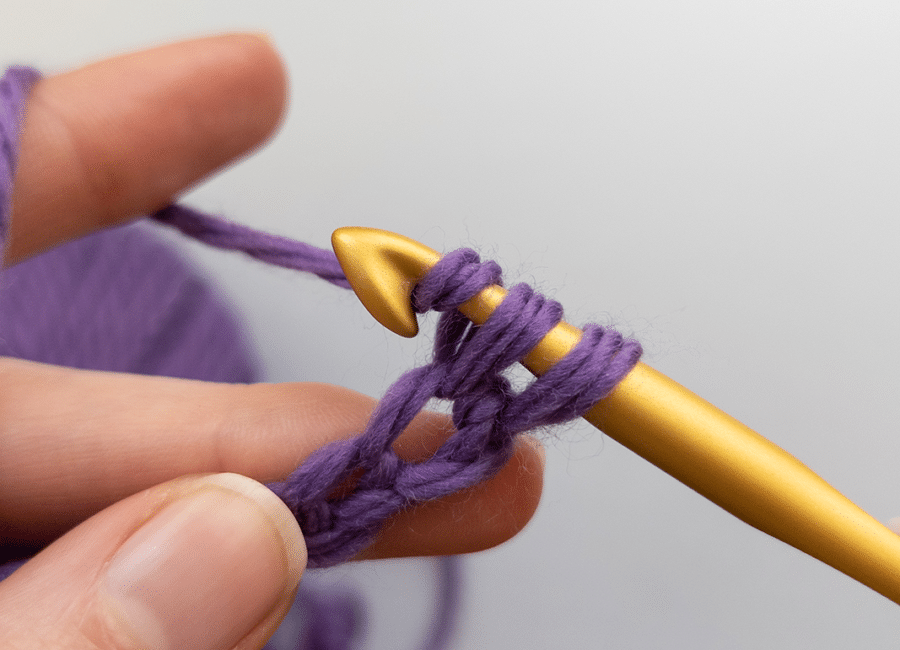
Pick up the yarn again
Pick up the yarn again and pull it through both loops on the hook.
Complete the stitch
The first single crochet is now complete. This process is repeated until half single crochets have been crocheted in all chain stitches.
Tip: If a chain is to be supplemented with further rows, turning chains are necessary first. One turning chain is sufficient for half treble crochets, while two or three turning chains are useful for higher stitches such as double crochets. After the turning chain stitches have been worked, the crochet piece is turned and the next stitch is inserted into the last stitch before the turning chain stitches.
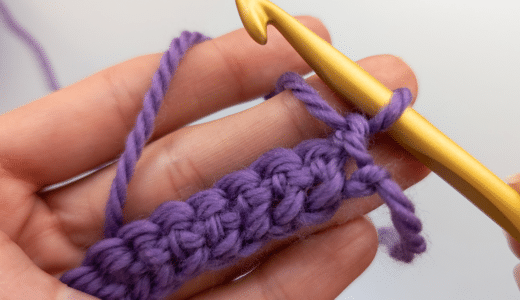
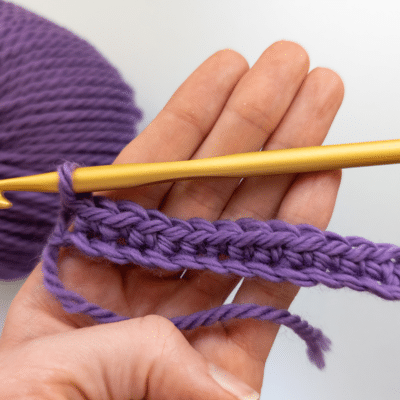
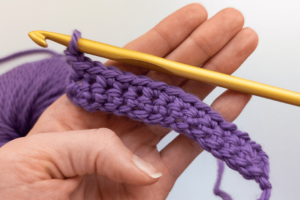
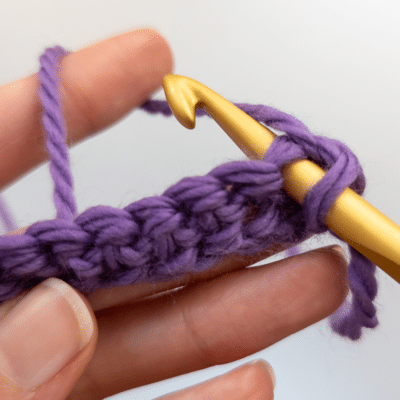
Complete the stitch
The first single crochet is now complete. This process is repeated until half single crochets have been crocheted in all chain stitches.
Tip: If a chain is to be supplemented with further rows, turning chains are necessary first. One turning chain is sufficient for half treble crochets, while two or three turning chains are useful for higher stitches such as double crochets. After the turning chain stitches have been worked, the crochet piece is turned and the next stitch is inserted into the last stitch before the turning chain stitches.
Common mistakes with single crochets
Wrong puncture:
Beginners often confuse the correct insertion point in the stitch chain. Make sure that you always insert under both loops of the stitch (from above like a horizontal “V”) in order to obtain a clean edge. Incorrect insertion can cause the stitch pattern to shift or the crochet piece to become irregular.
Irregular stitches & incorrect tension:
If some stitches are too loose or too tight, the crochet piece will look uneven. A tension guide that is too tight makes it difficult to cast on to the next row, while stitches that are too loose make the project unstable. Hold the yarn with even pressure to get a clean stitch pattern.
Crochet single crochet - Video tutorial
In this video tutorial, Carosfummeley shows step by step how to crochet single crochets in rows.
addiPur crochet hook
In dieser Anleitung wurde die addiPur crochet hook verwendet.
Die ideale Nadel für Anfänger und Minimalisten. Die wunderbar glatte Oberfläche mit einem matten Finish liegt angenehm in der Hand.
Der Häkelnadelkopf von addi: Der extra spitze Kopf mit Gebrauchsmusterschutz sorgt für leichteres Einstechen und die extra tiefe Kehle zieht den Faden perfekt durch jede Masche.
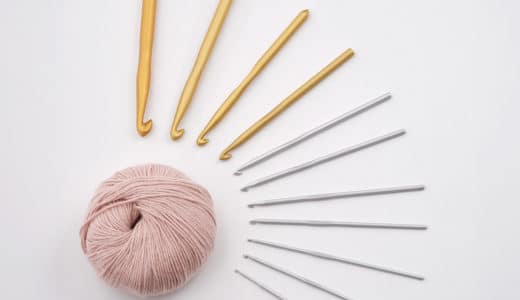
addiPur crochet hook
In dieser Anleitung wurde die addiPur crochet hook verwendet.
Die ideale Nadel für Anfänger und Minimalisten. Die wunderbar glatte Oberfläche mit einem matten Finish liegt angenehm in der Hand.
Der Häkelnadelkopf von addi: Der extra spitze Kopf mit Gebrauchsmusterschutz sorgt für leichteres Einstechen und die extra tiefe Kehle zieht den Faden perfekt durch jede Masche.
